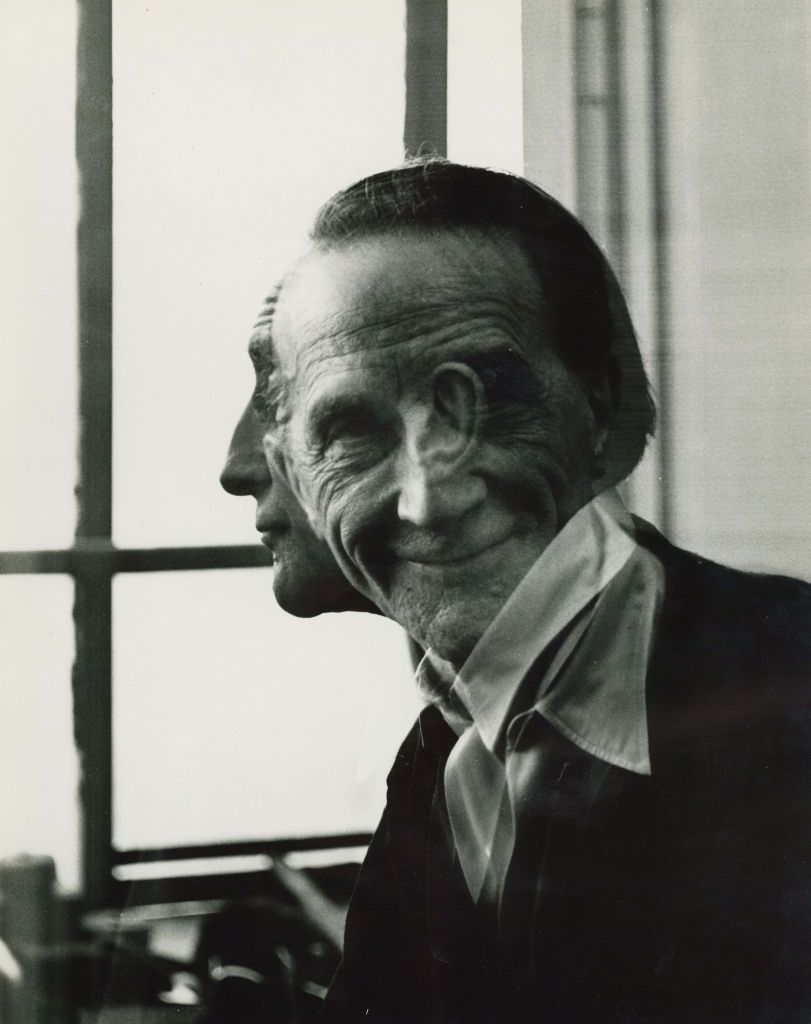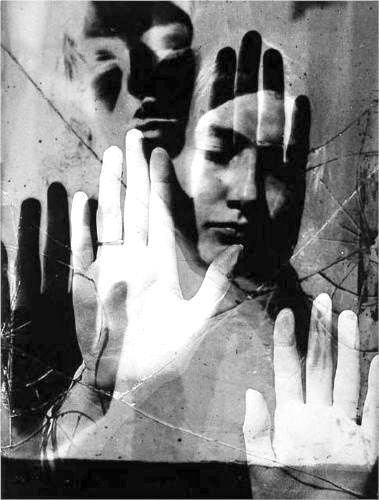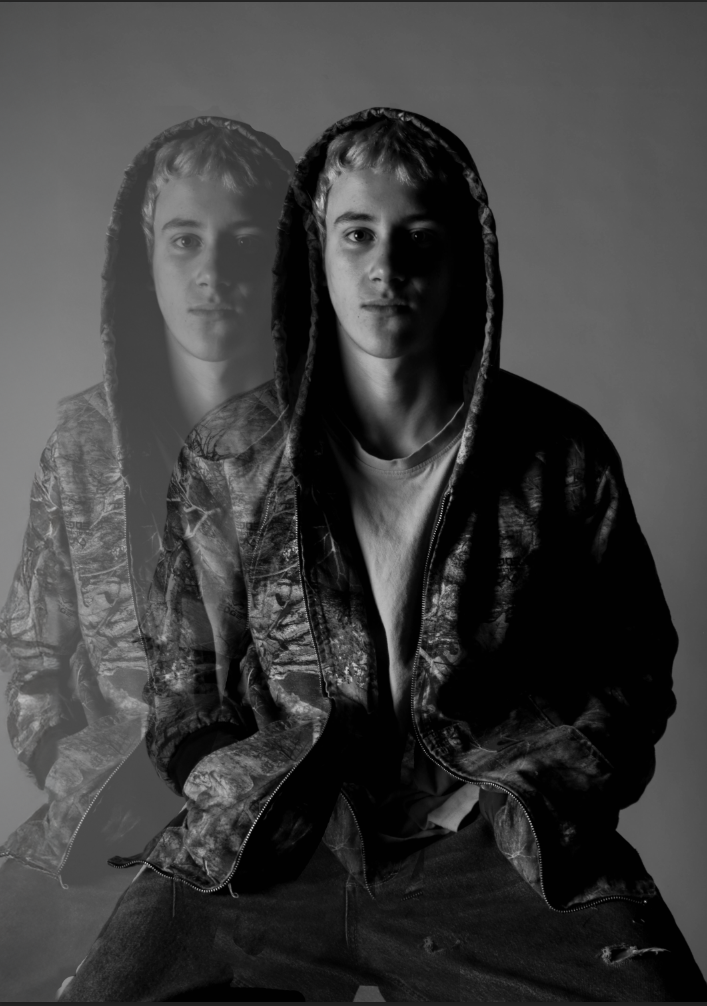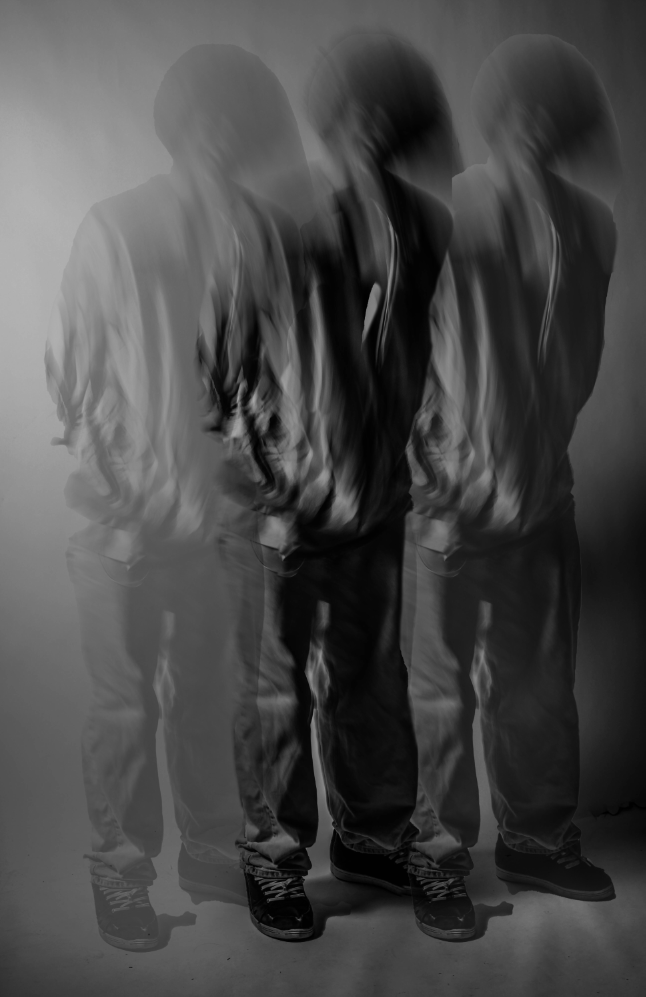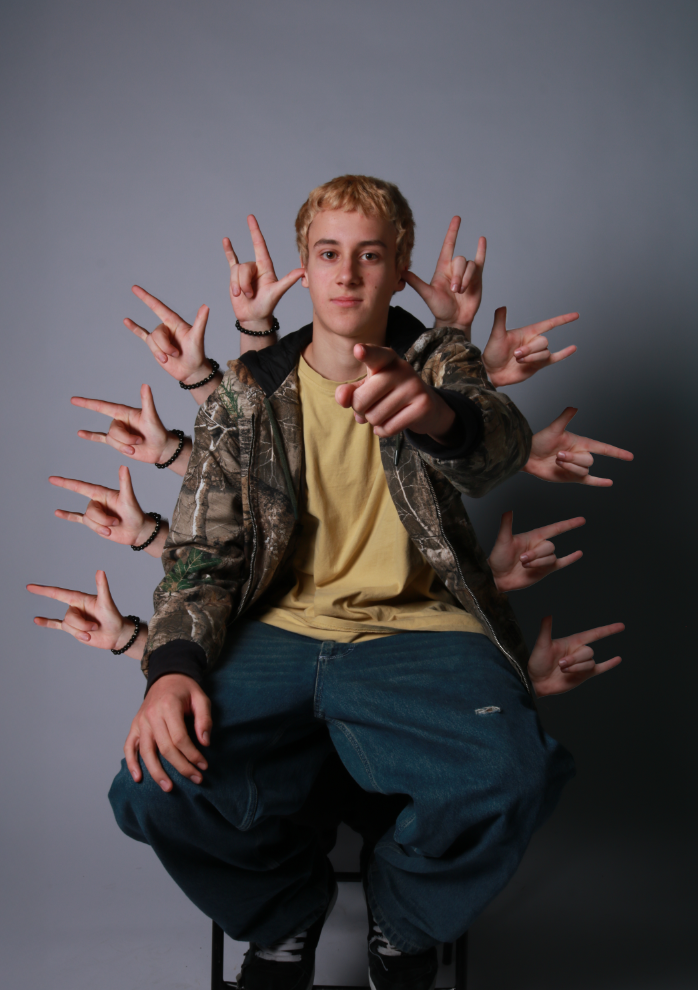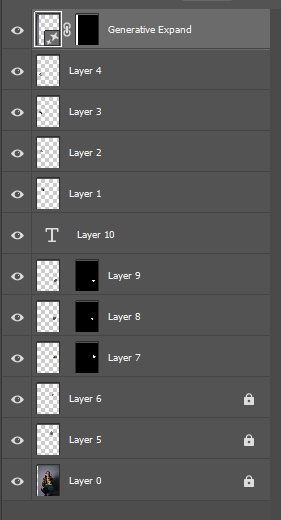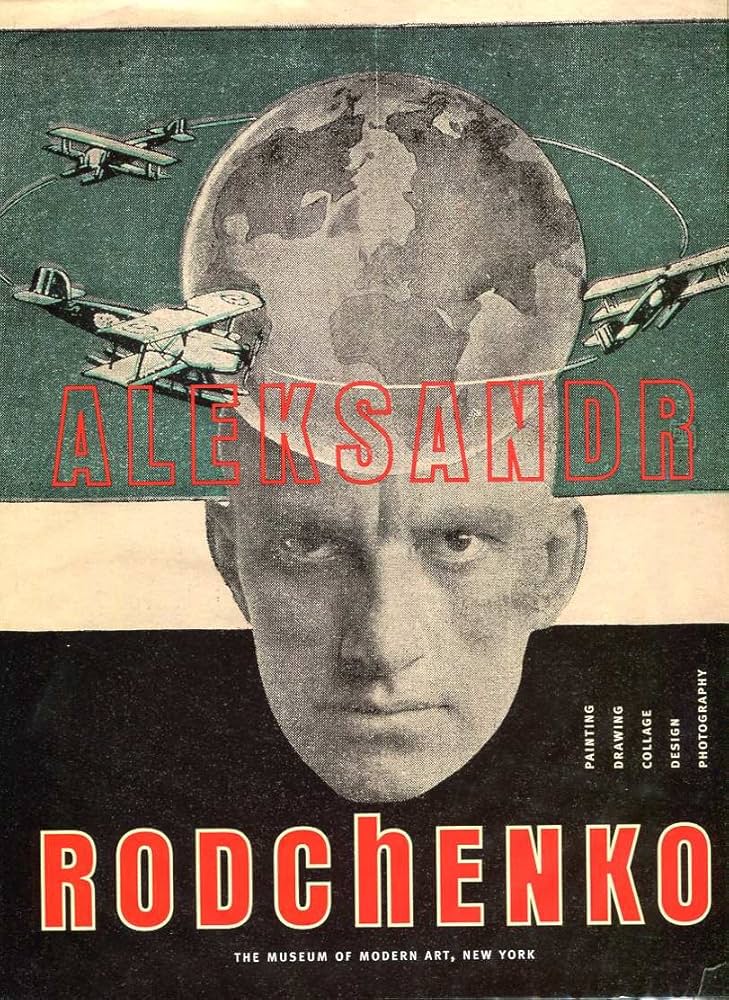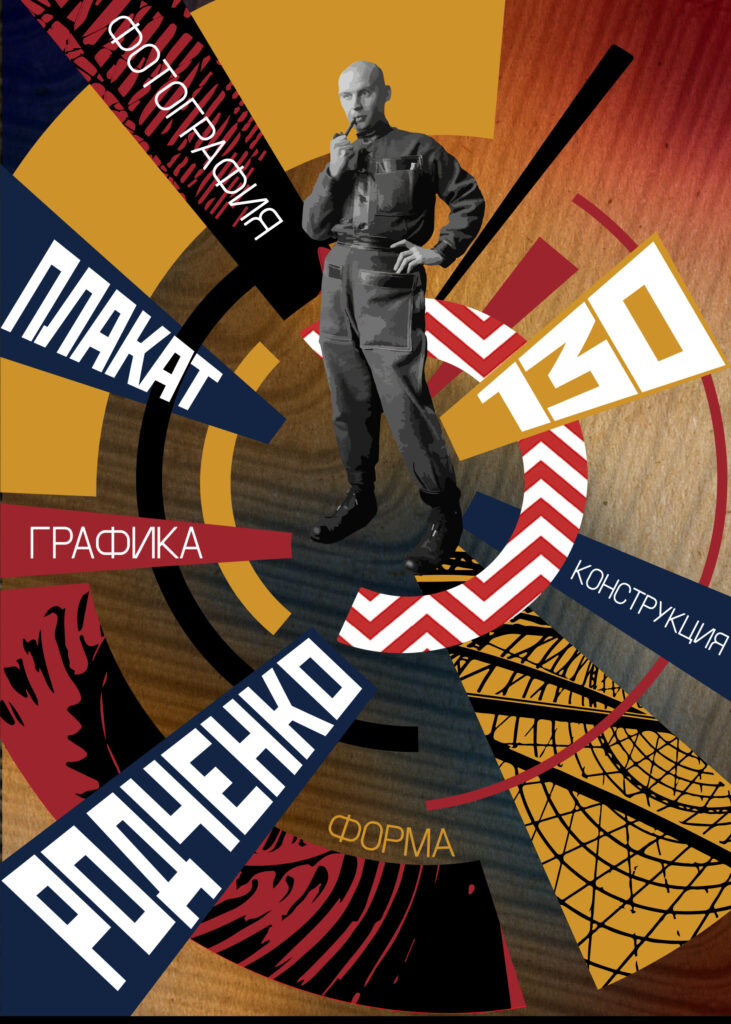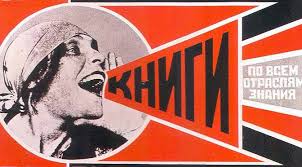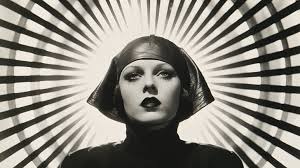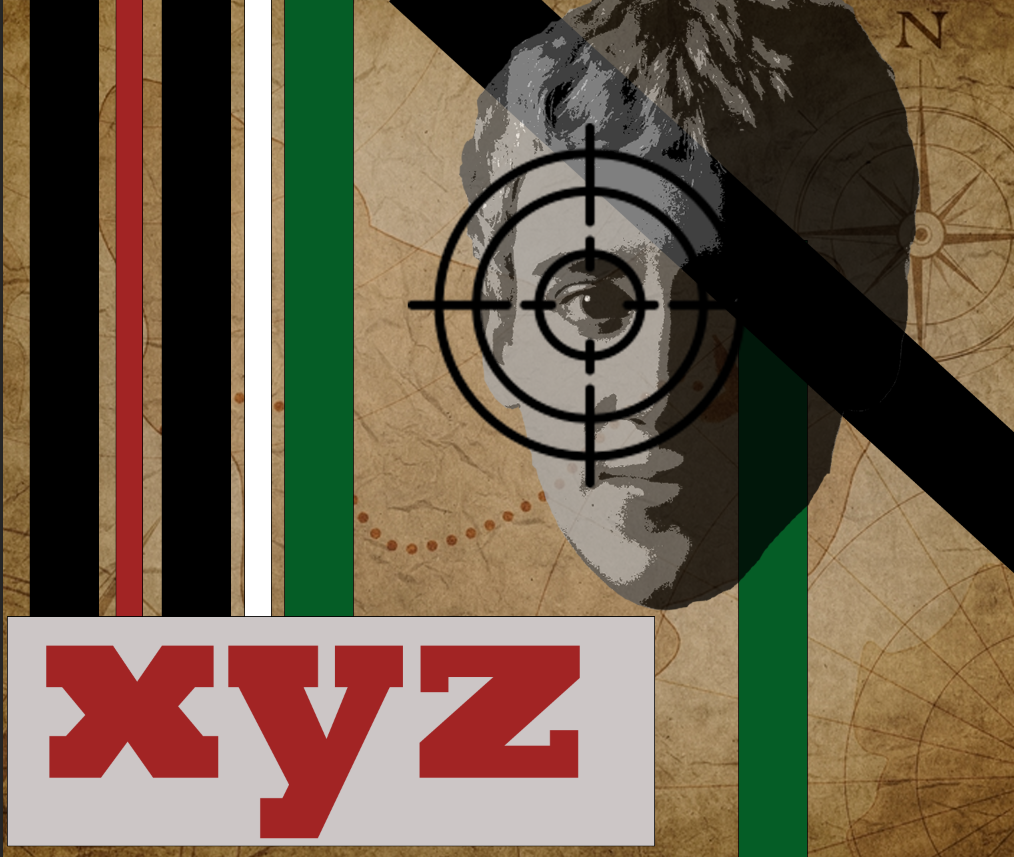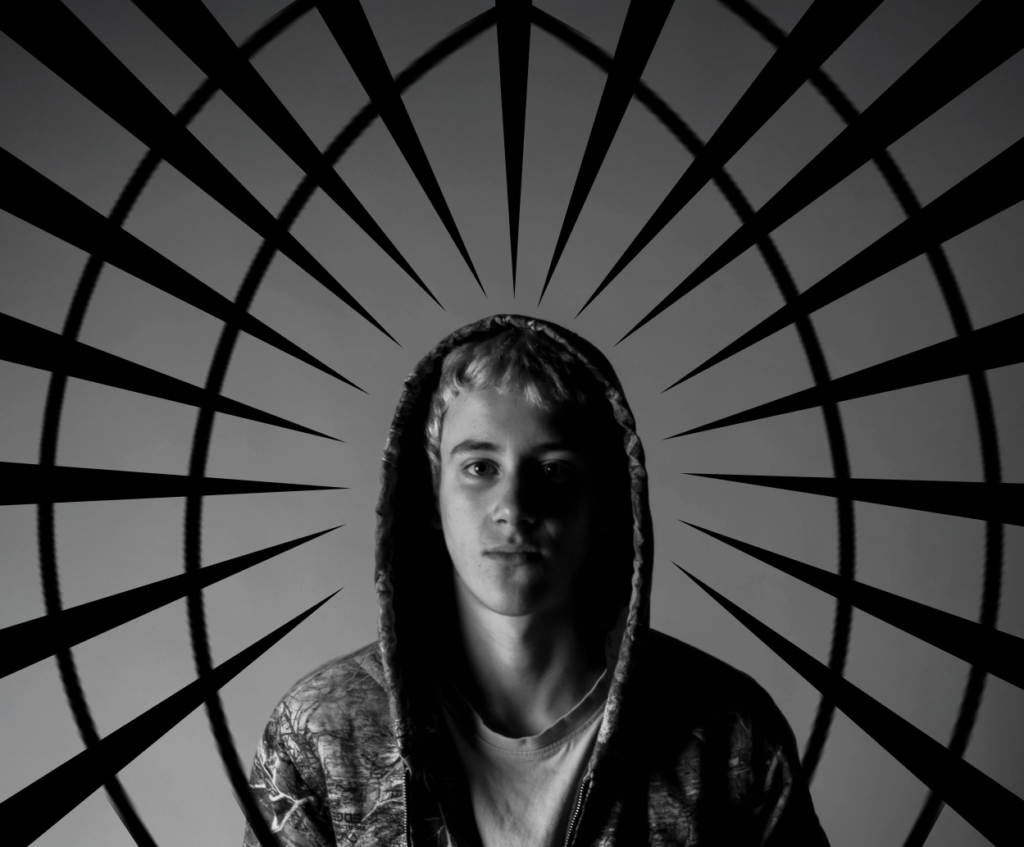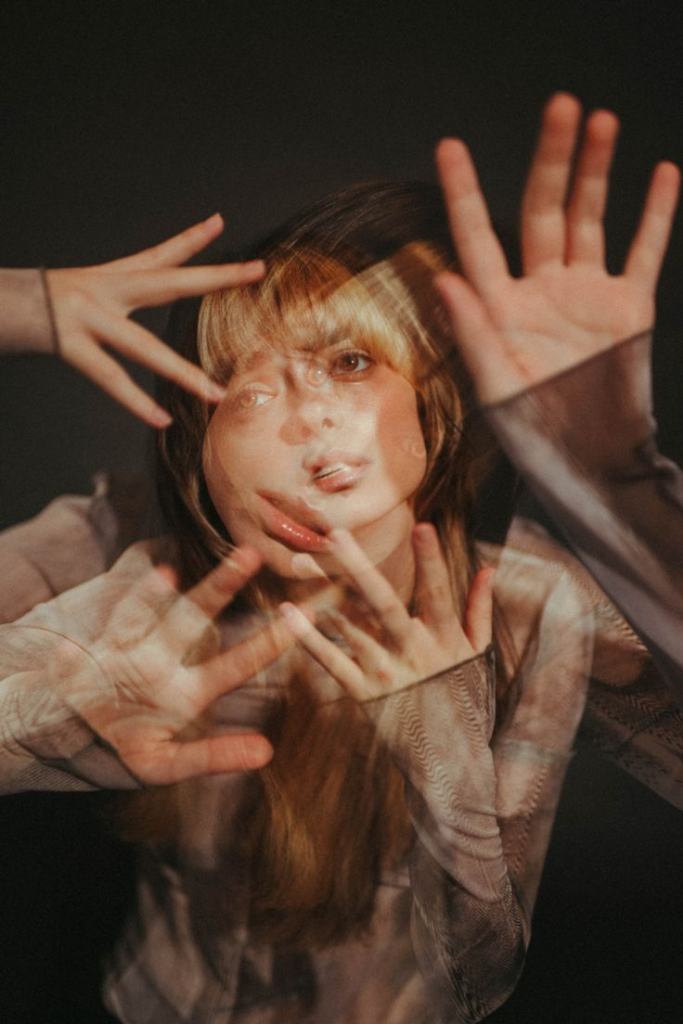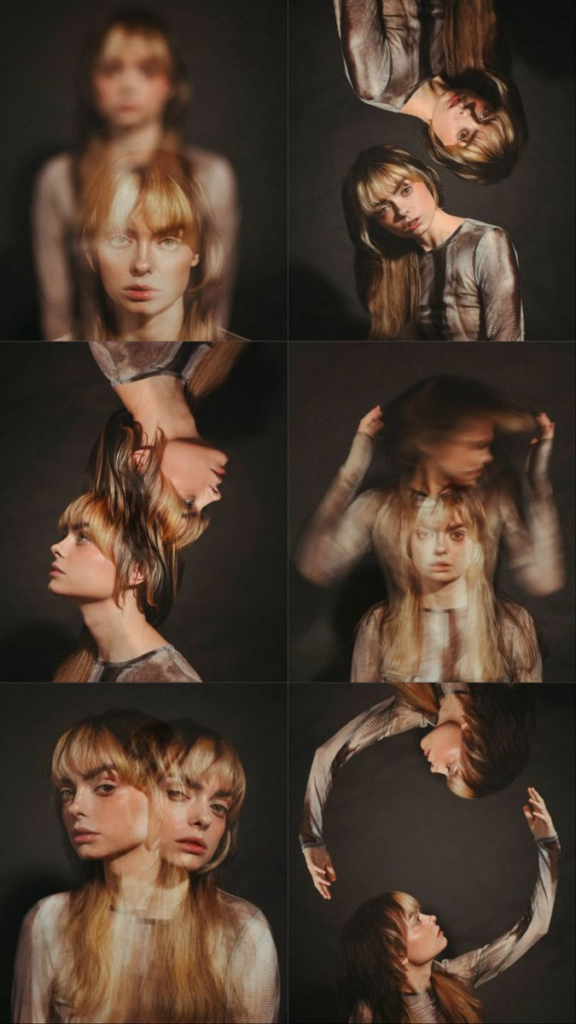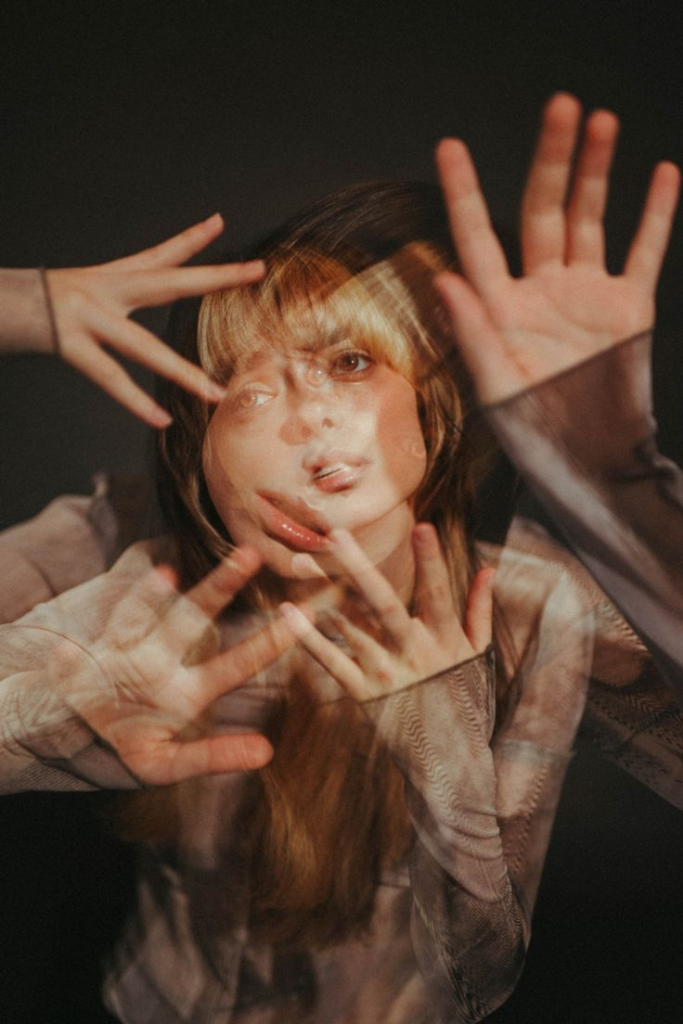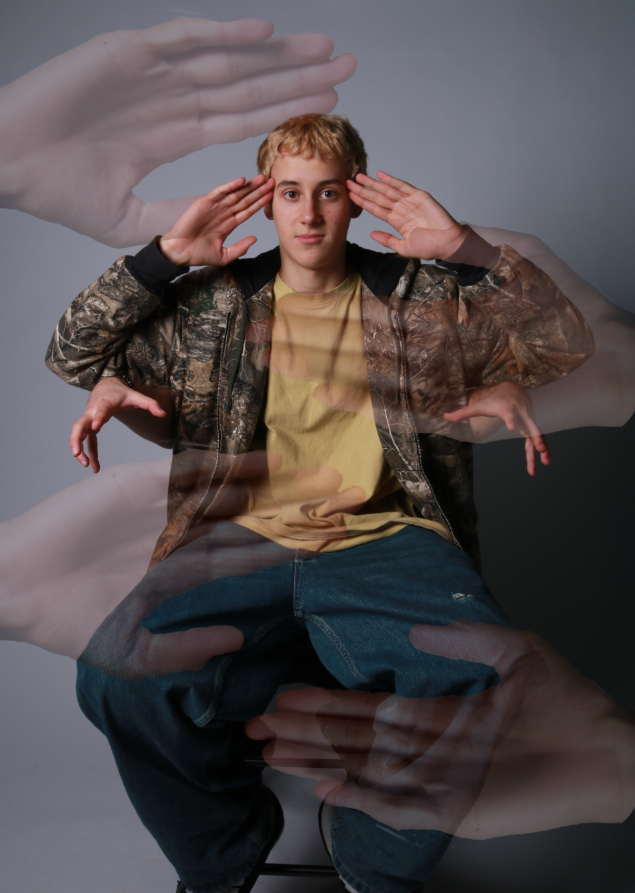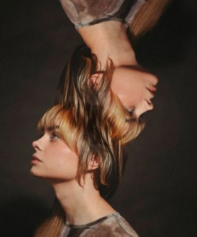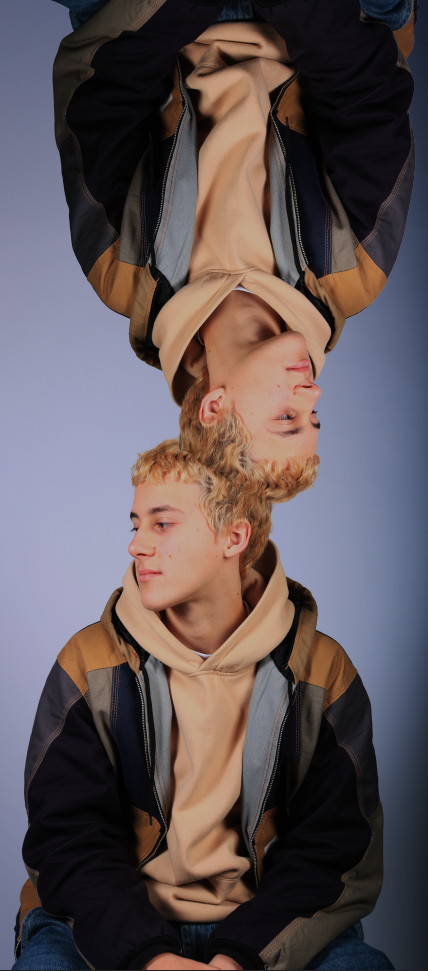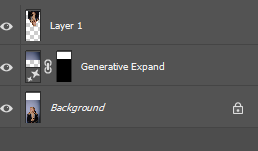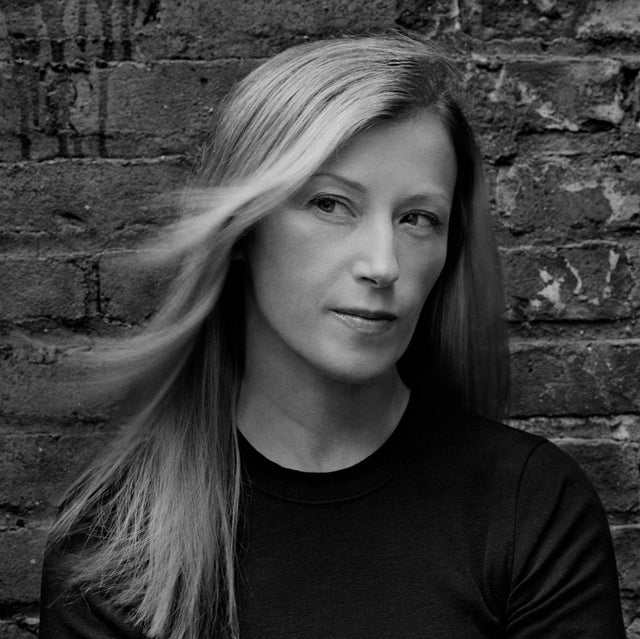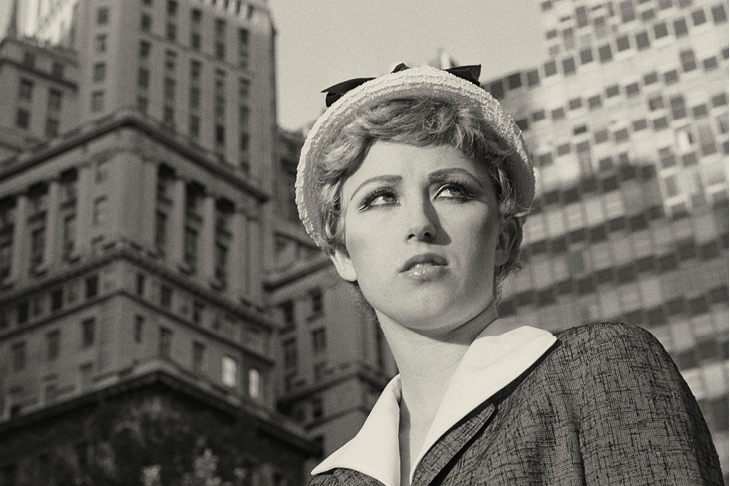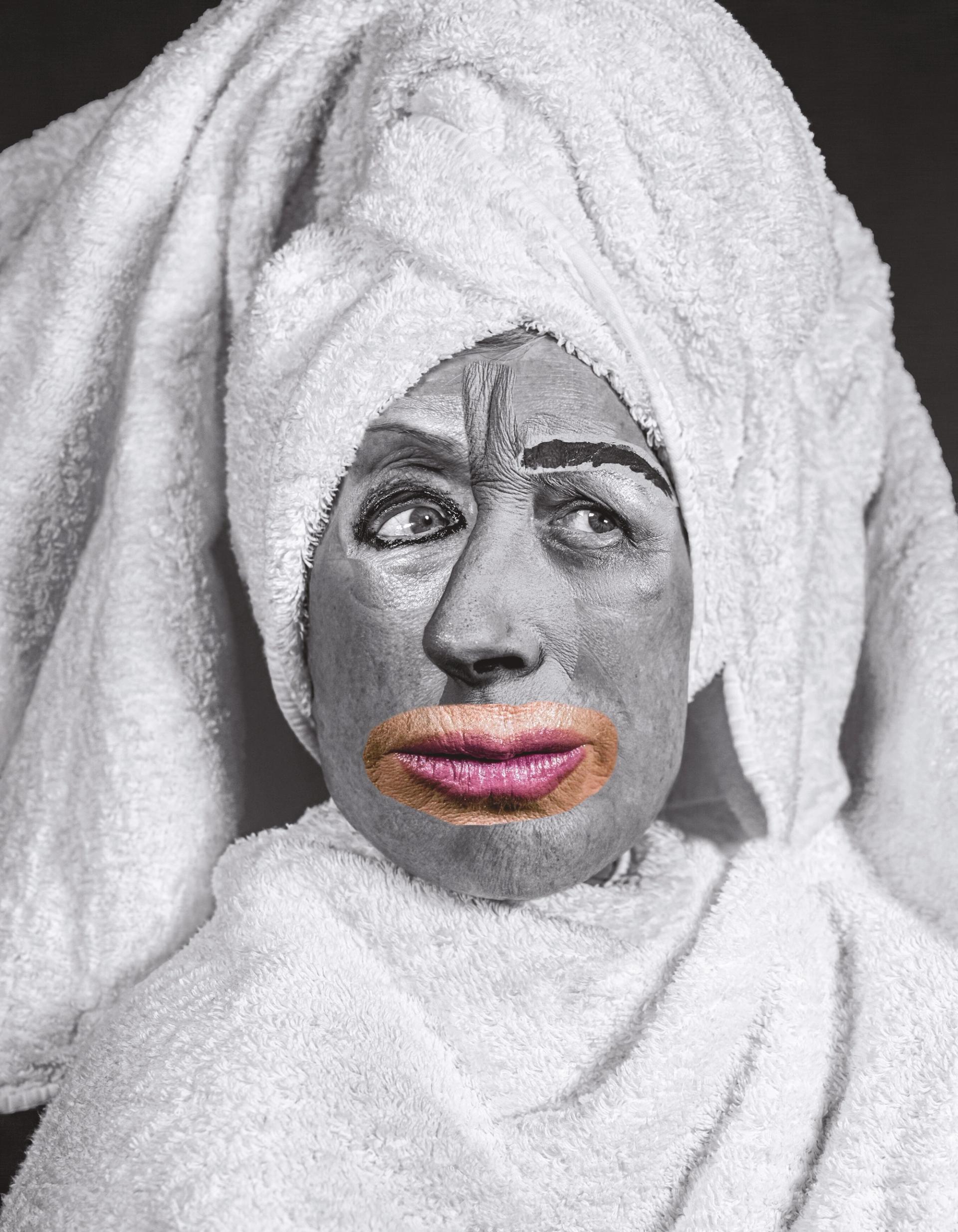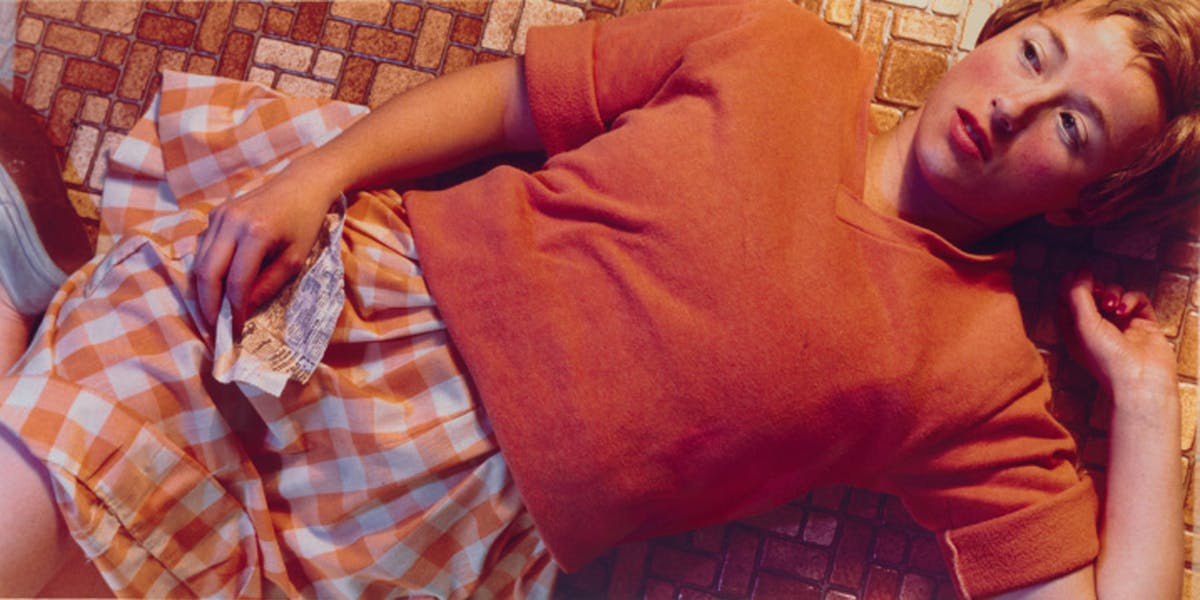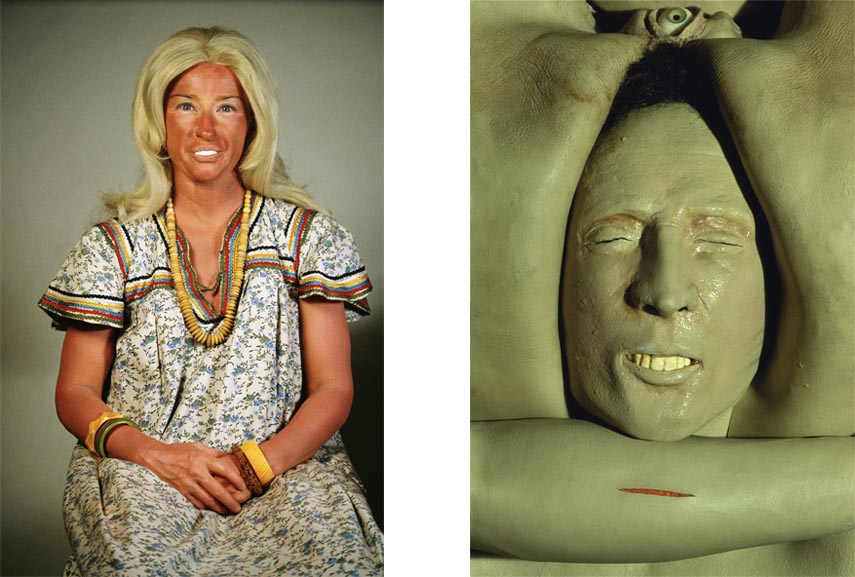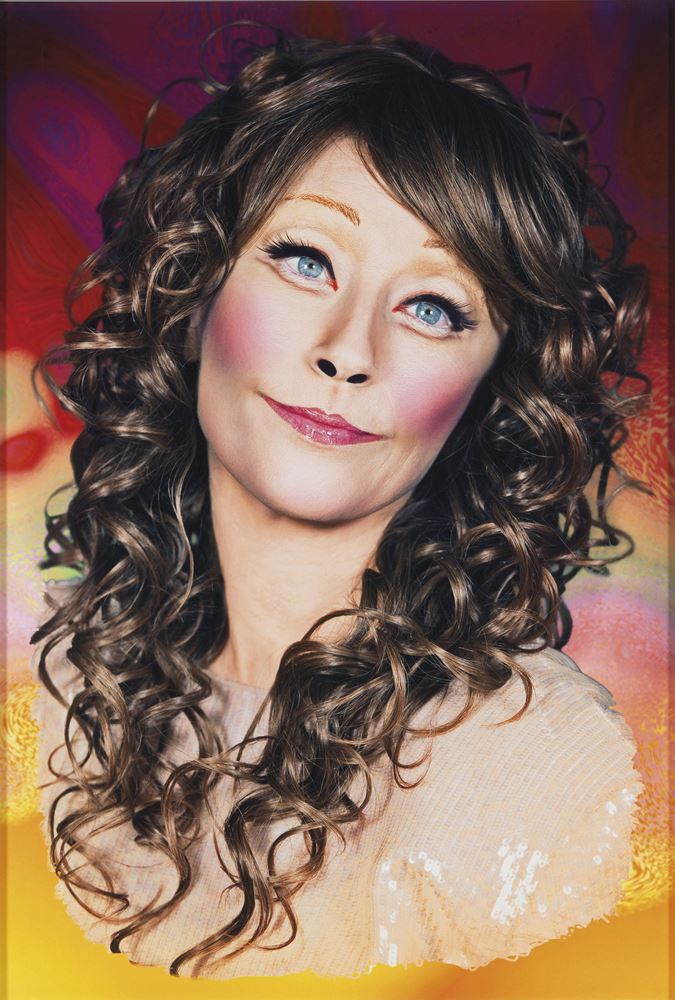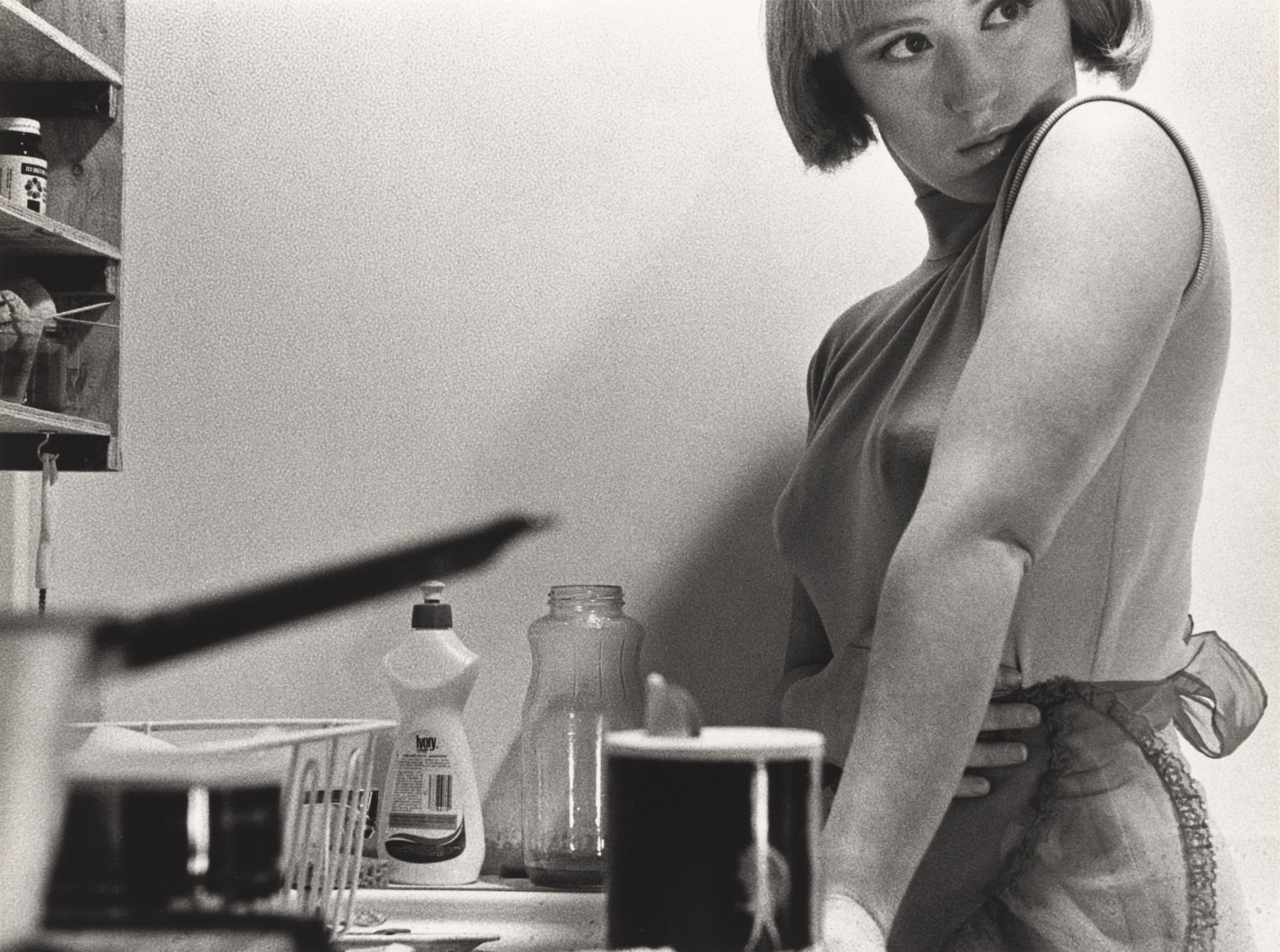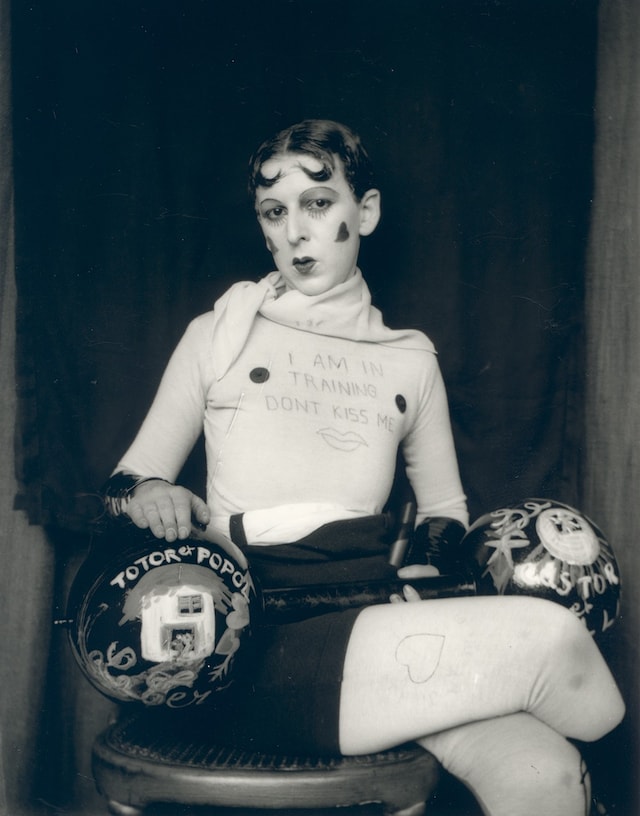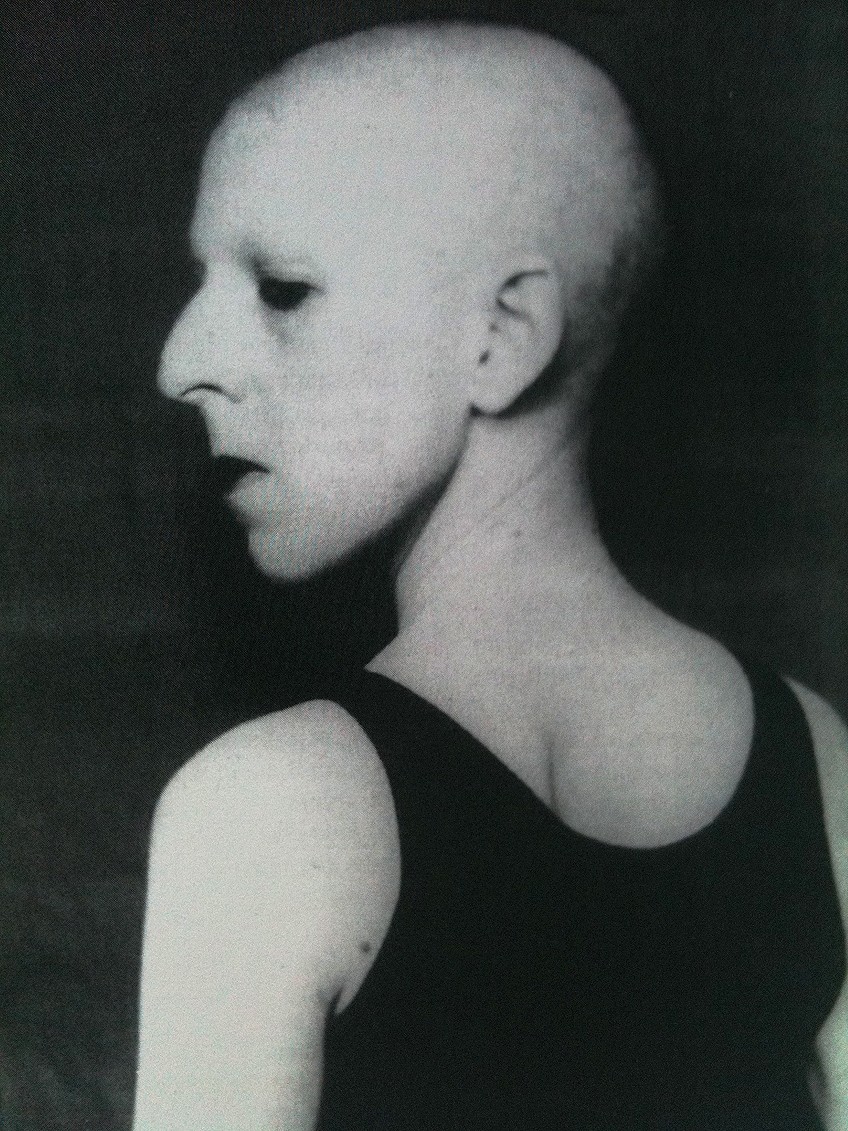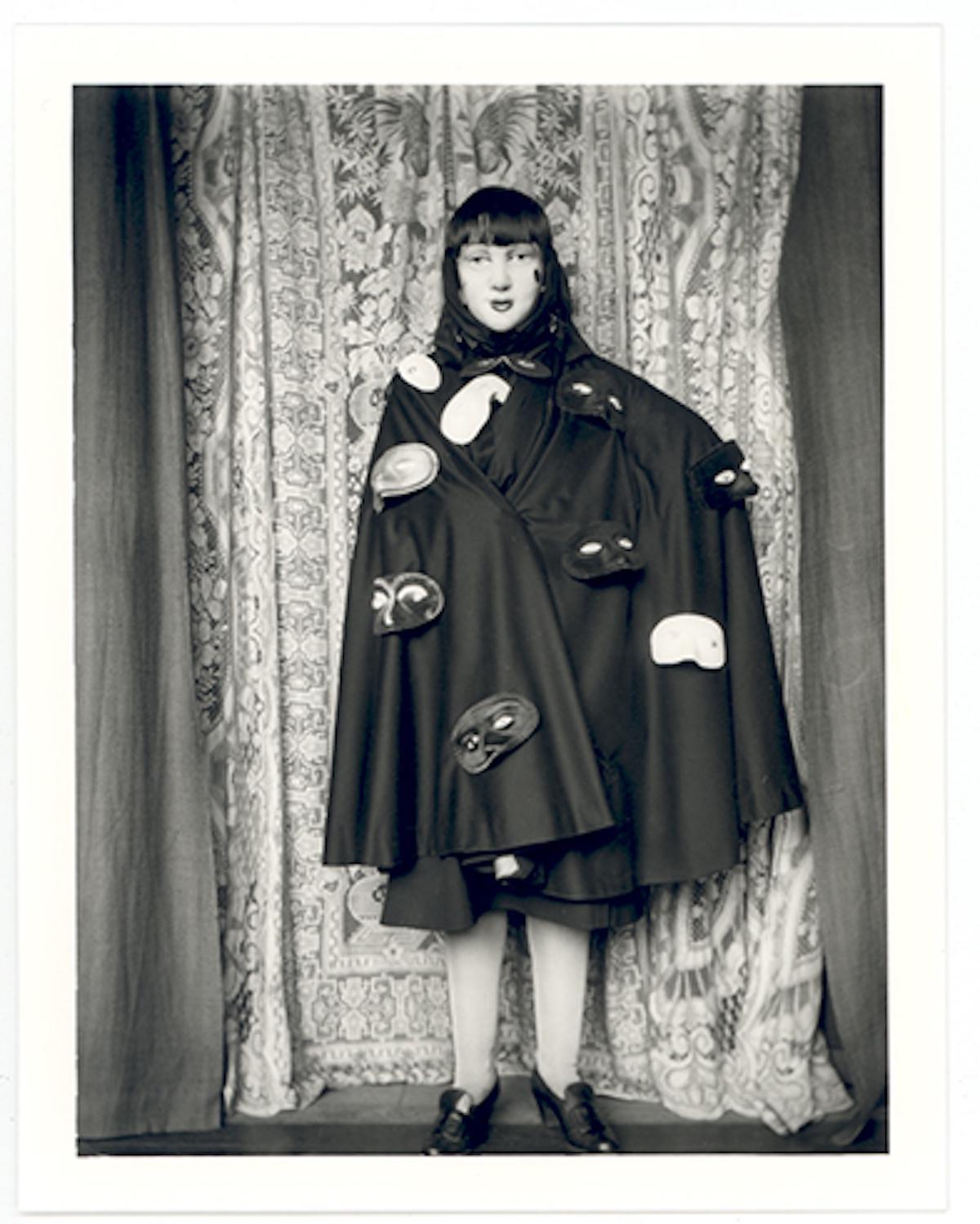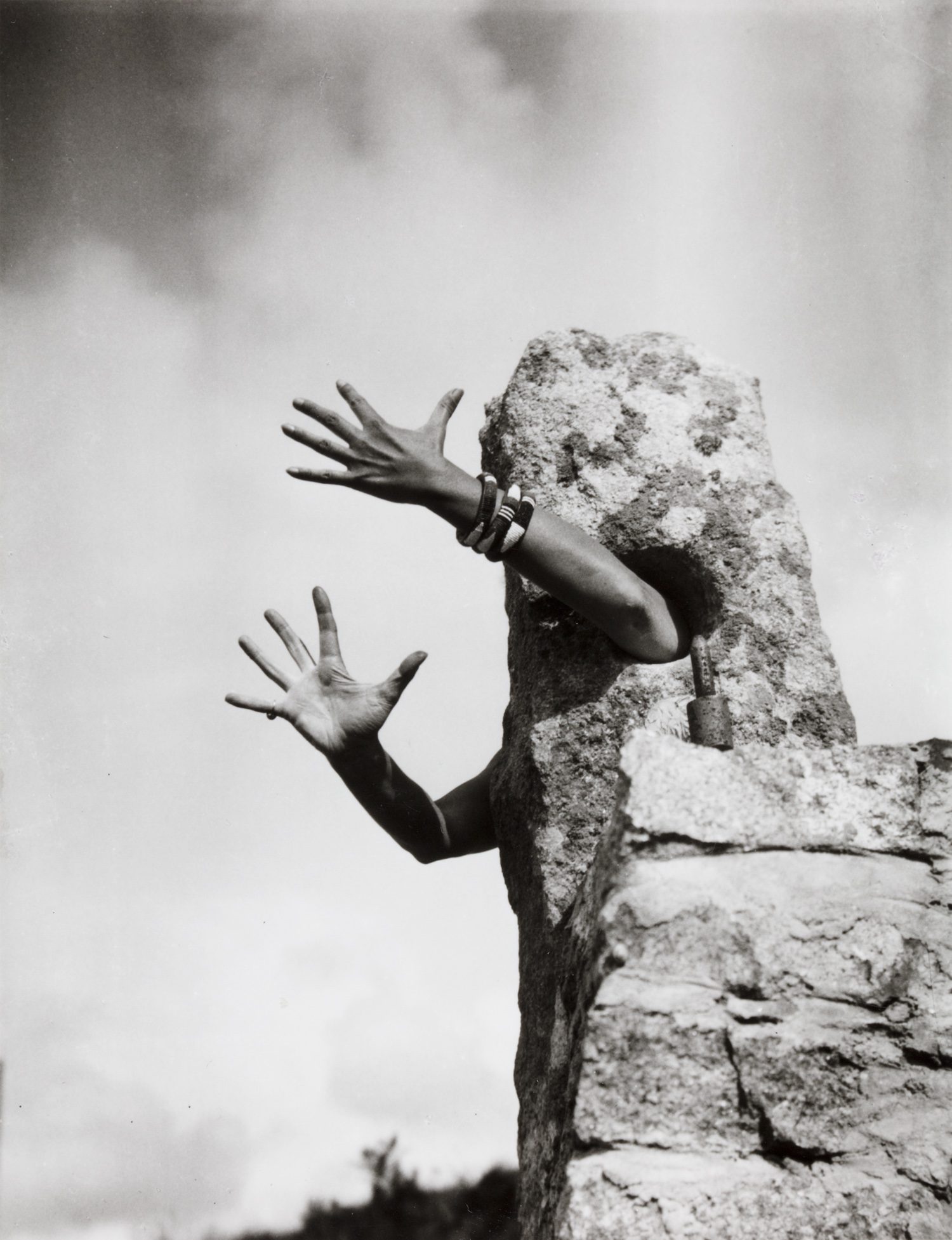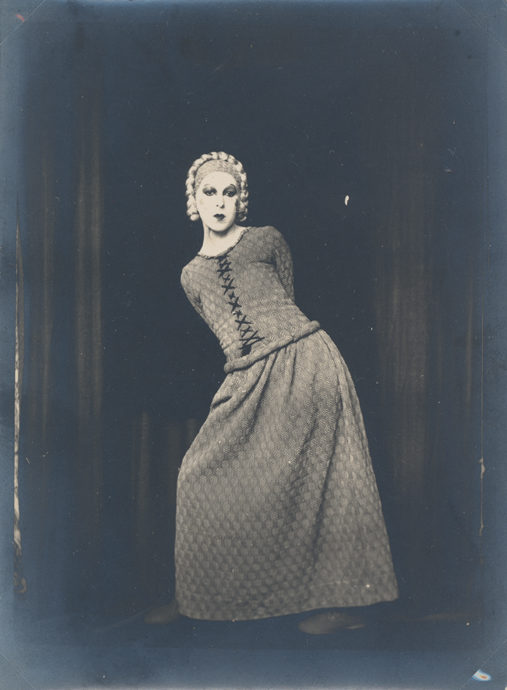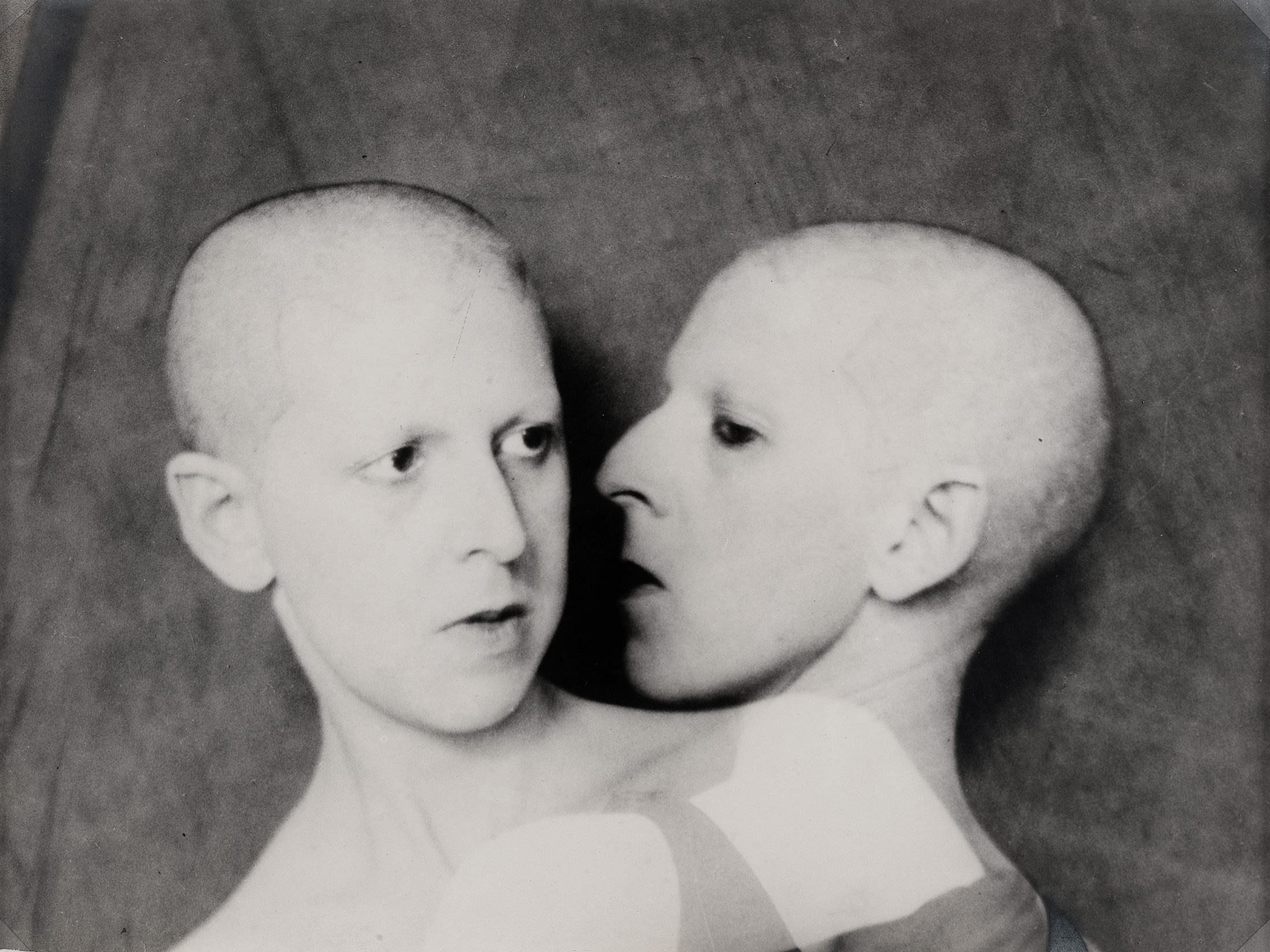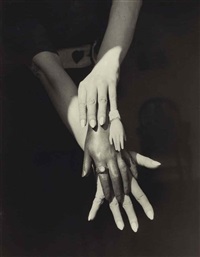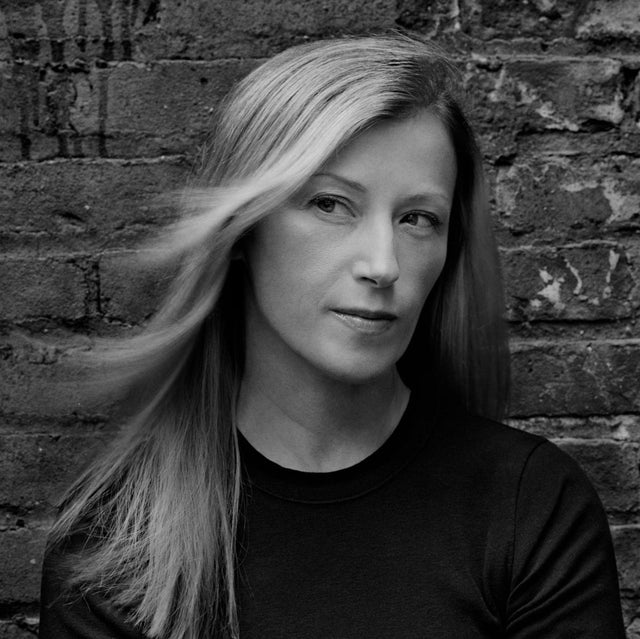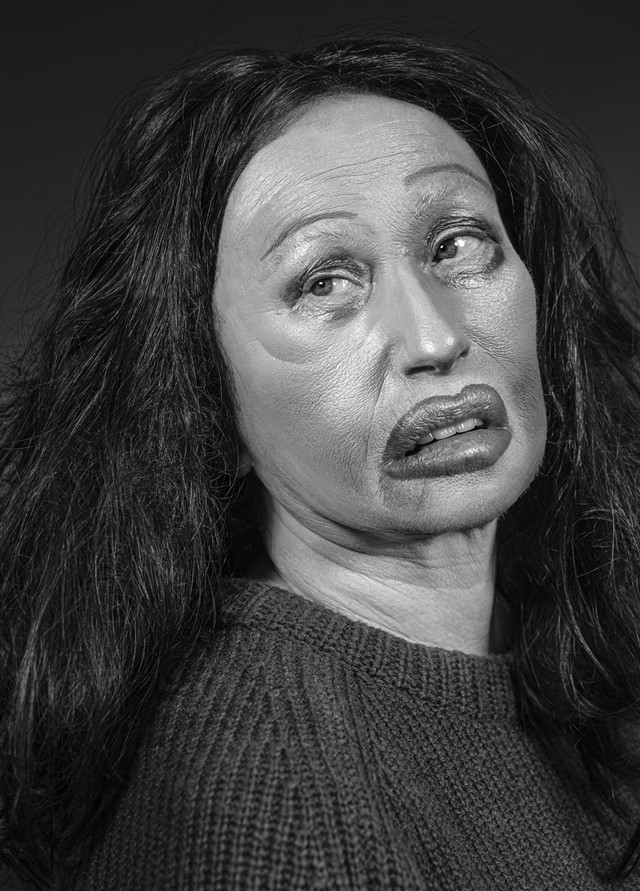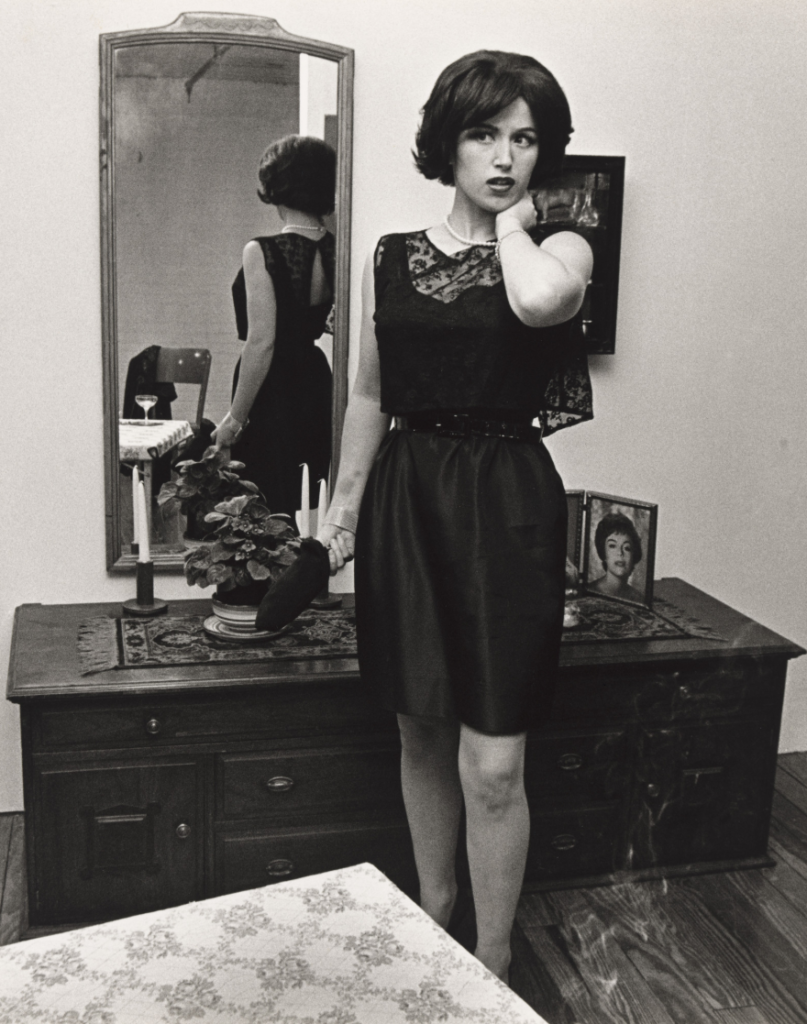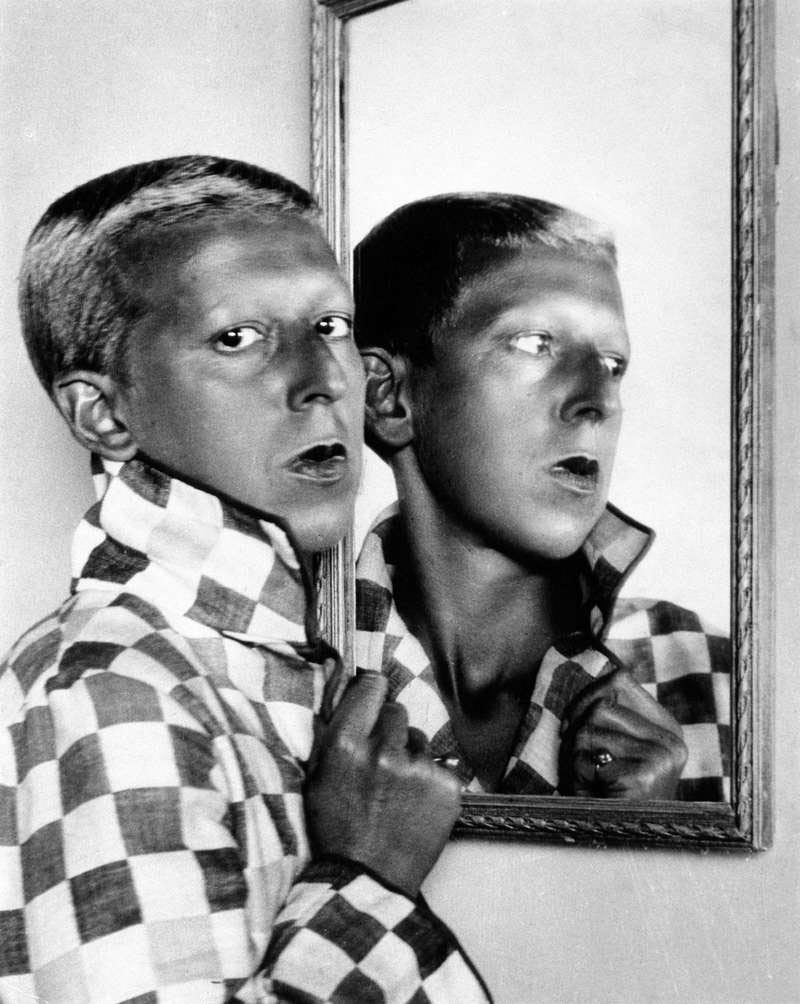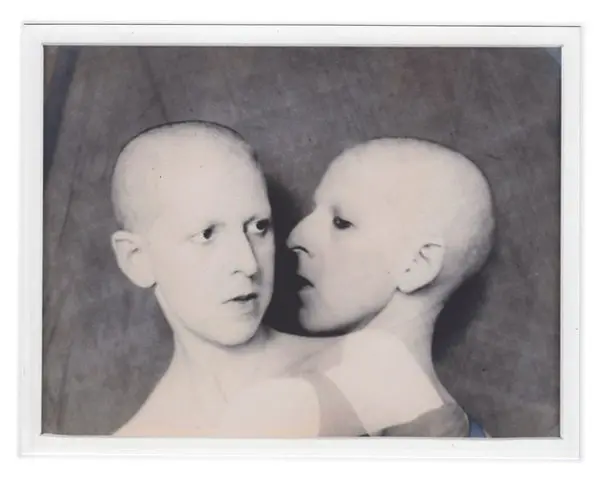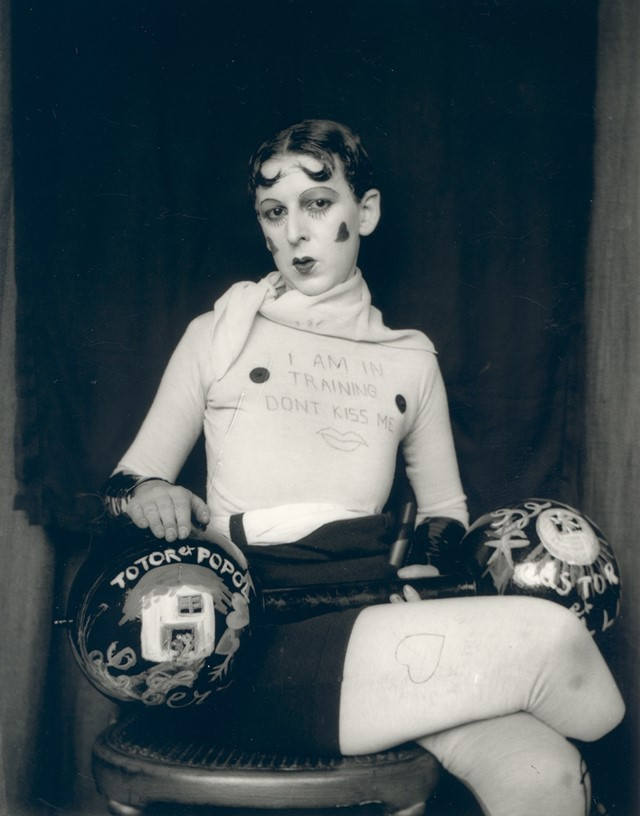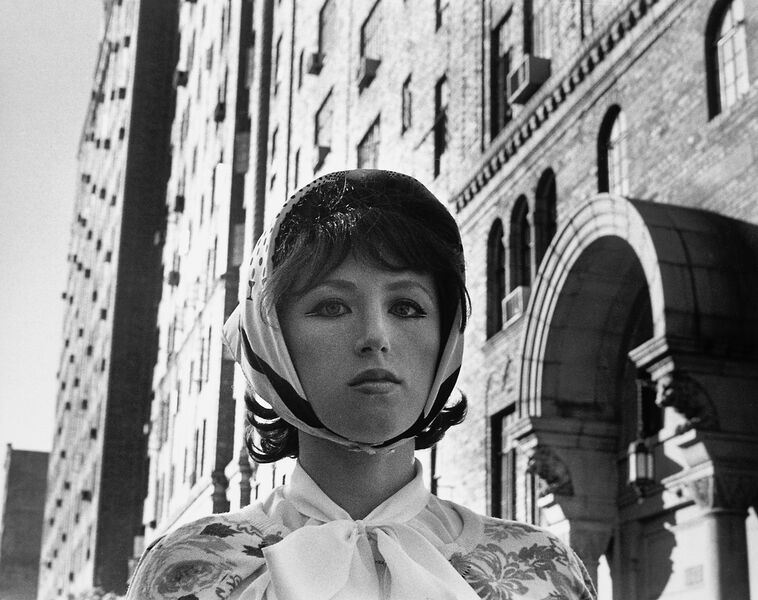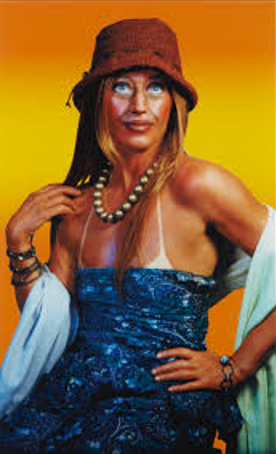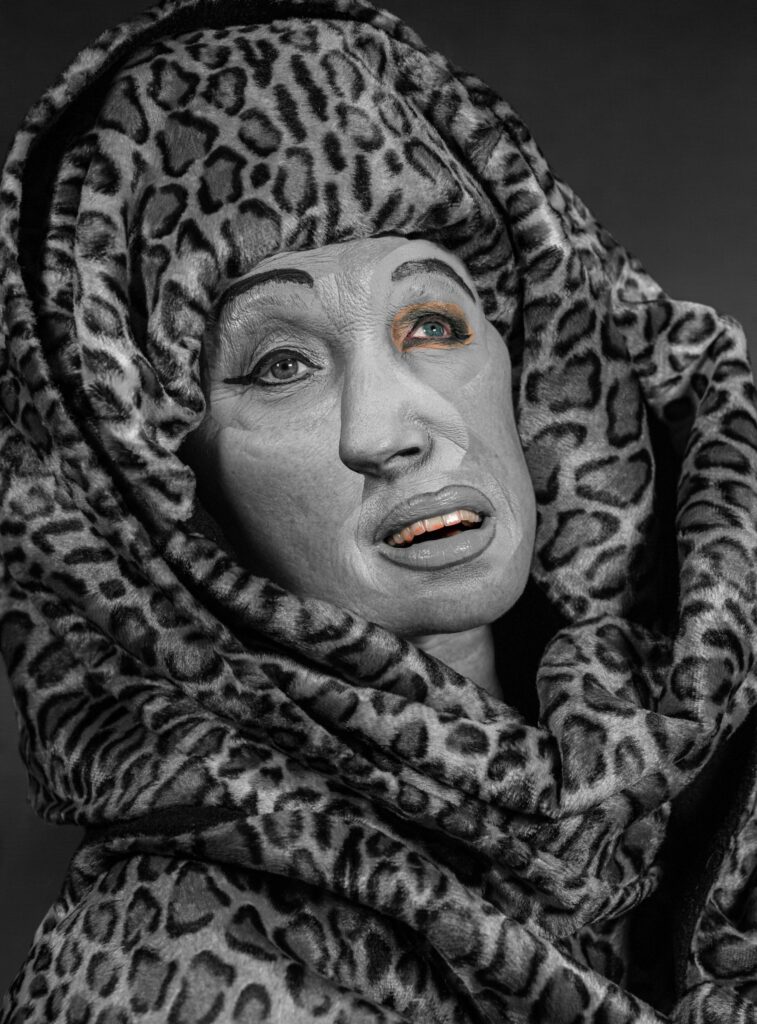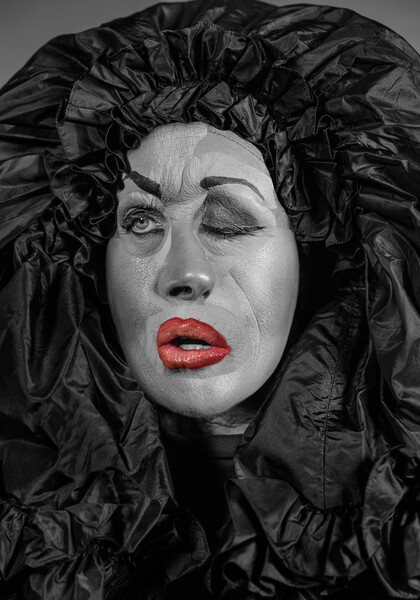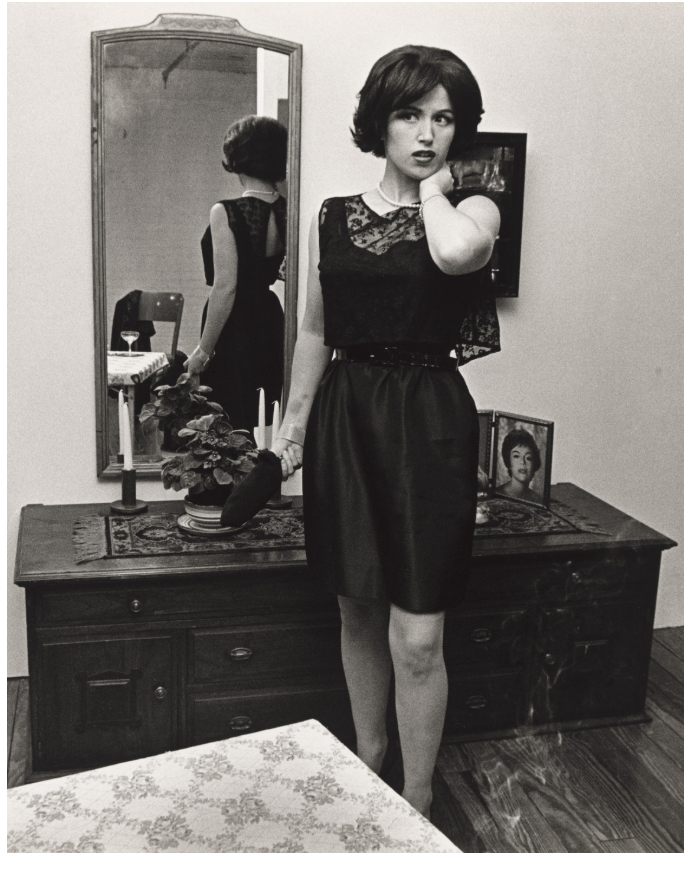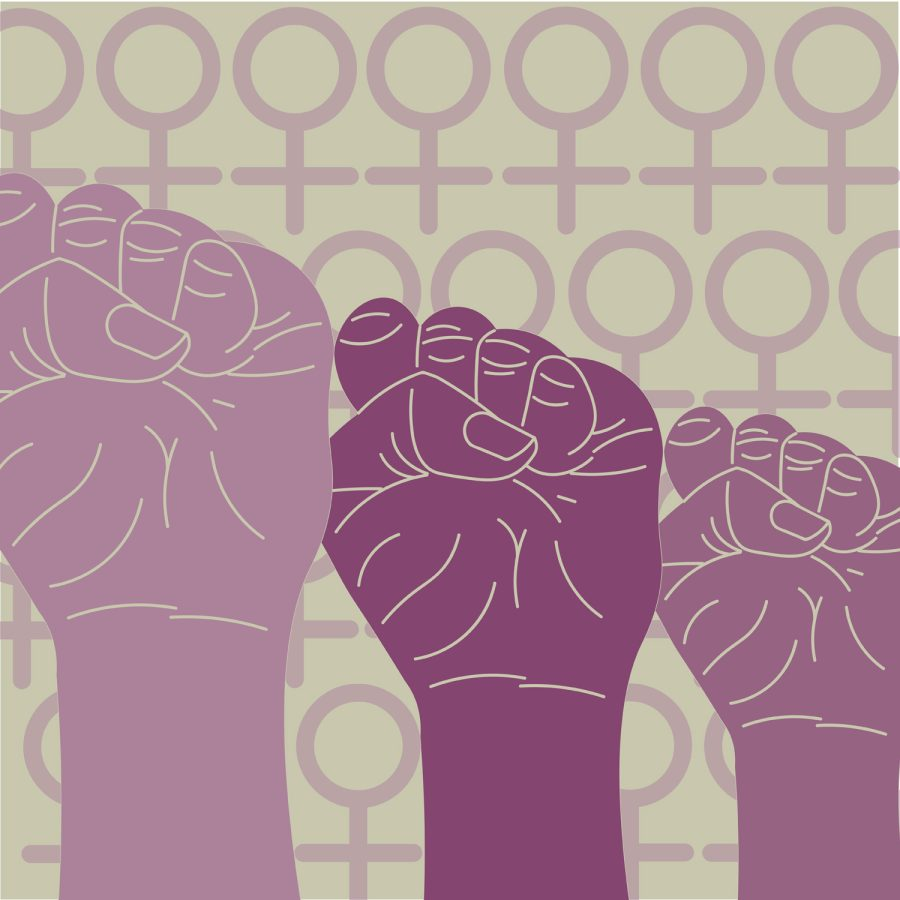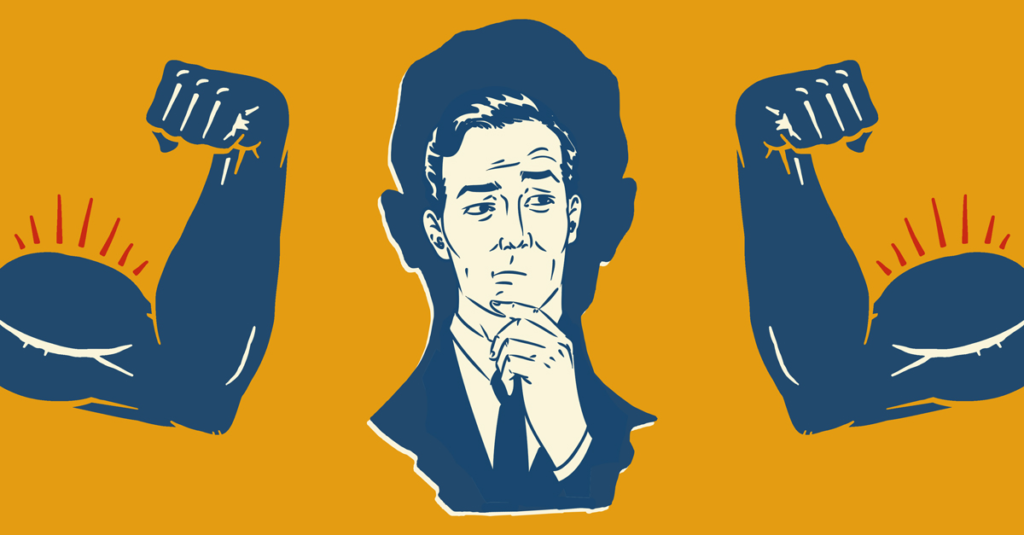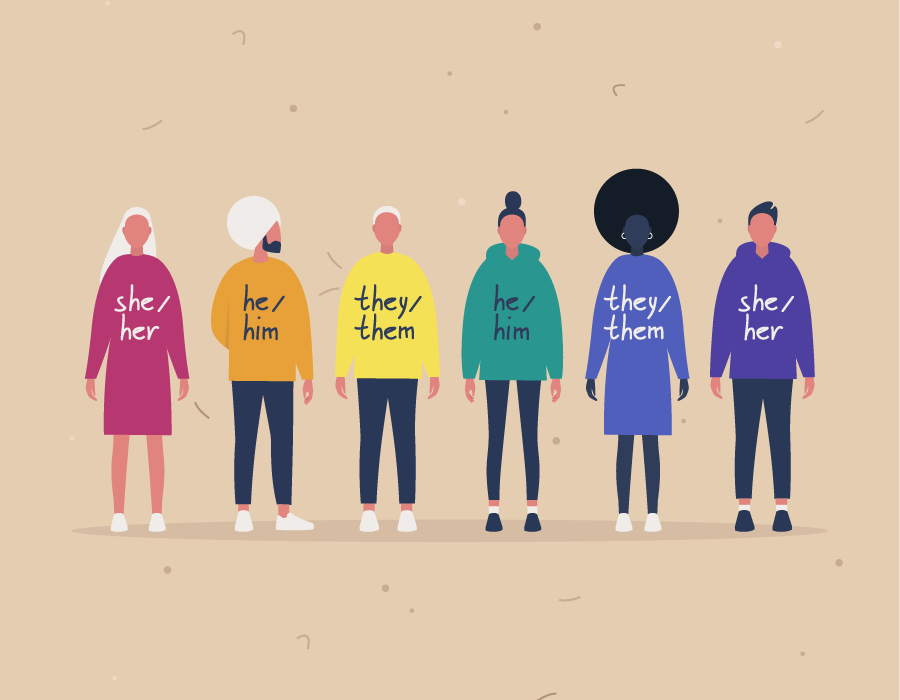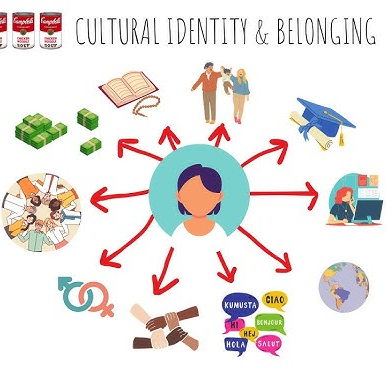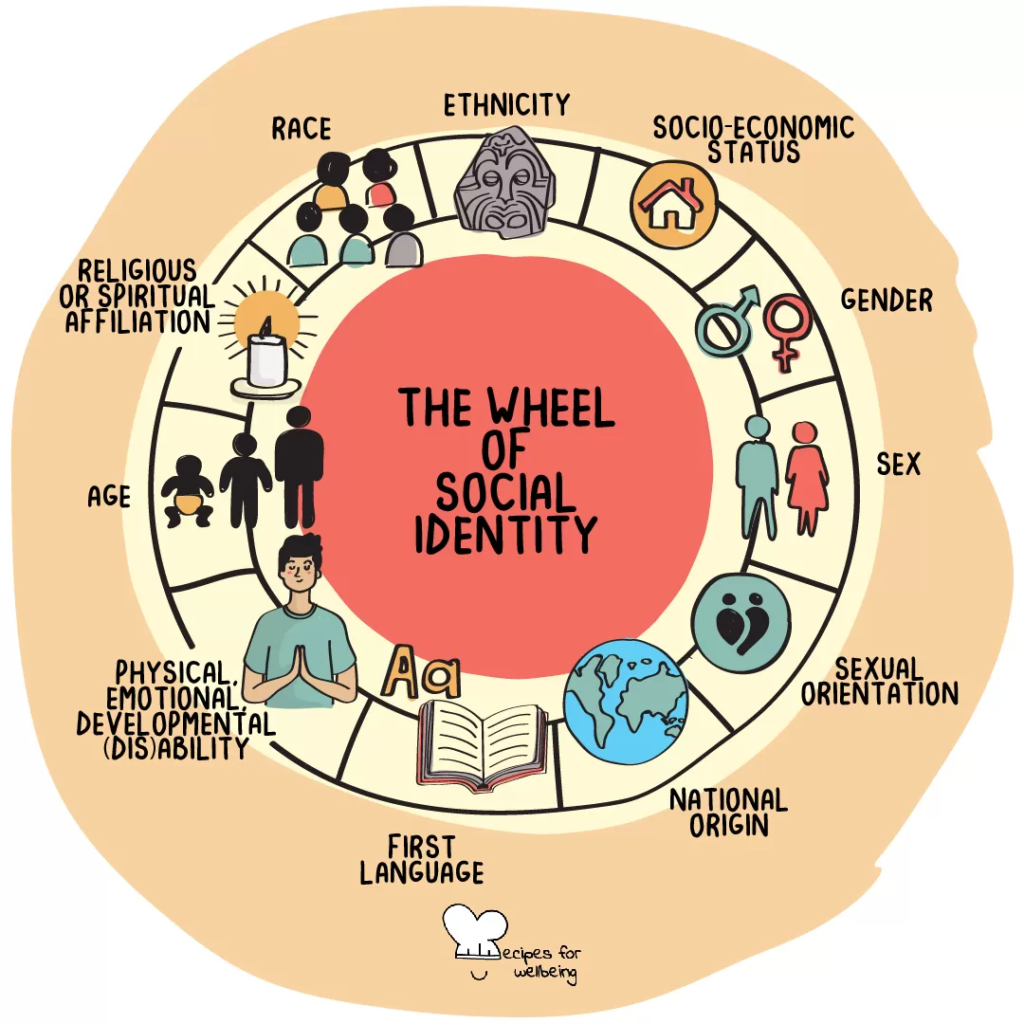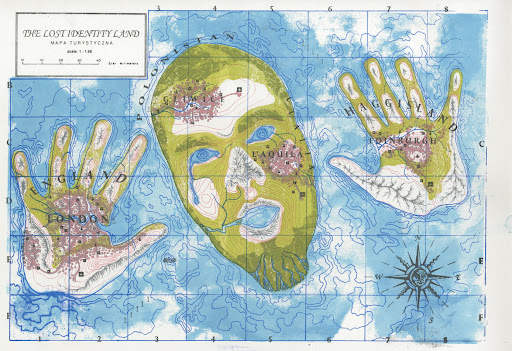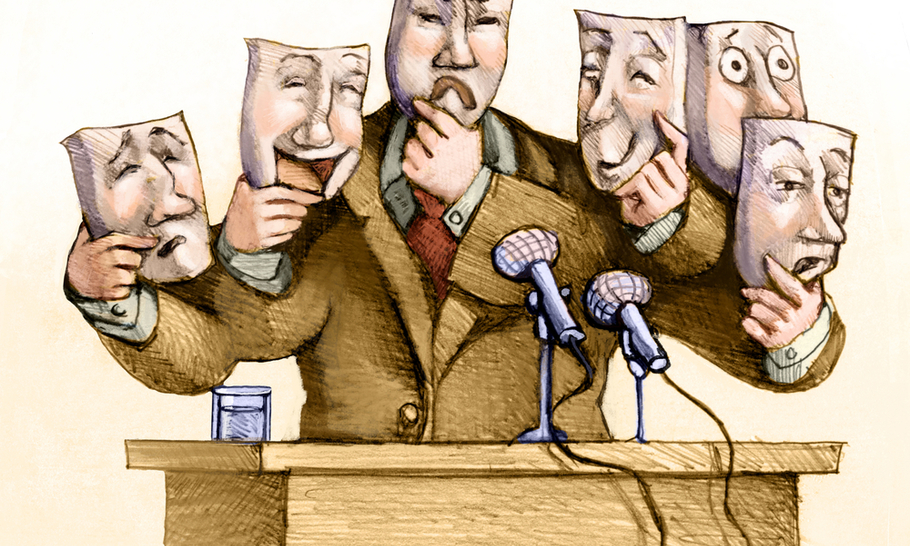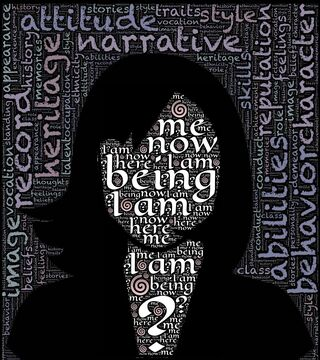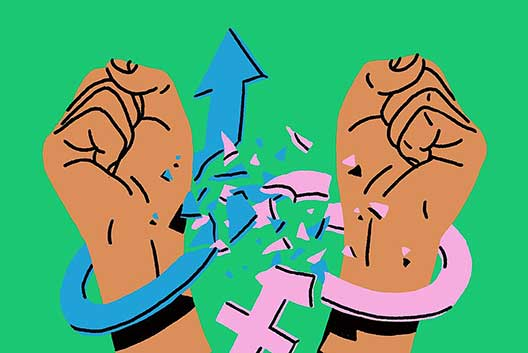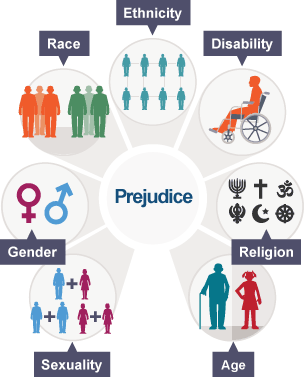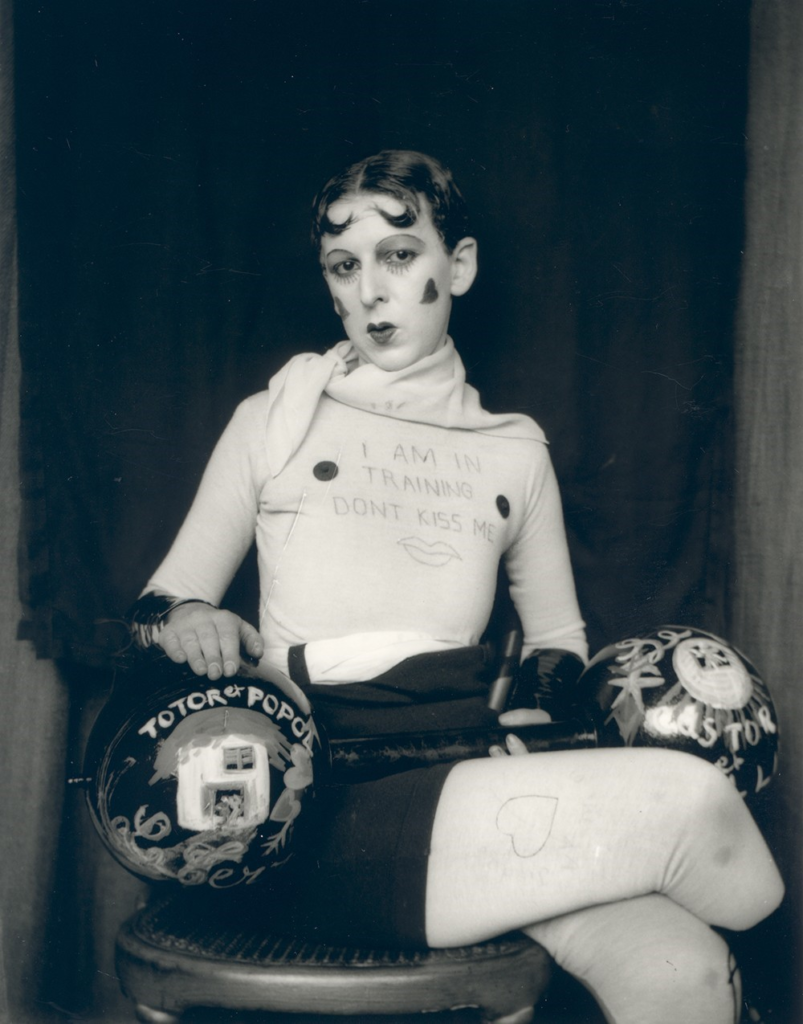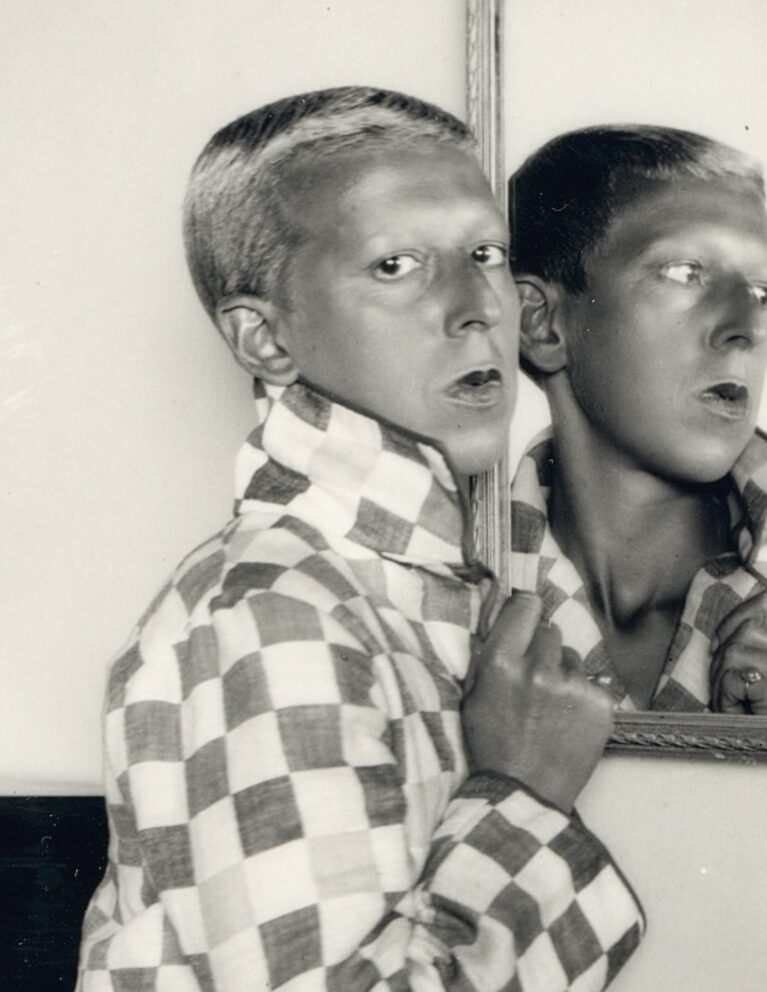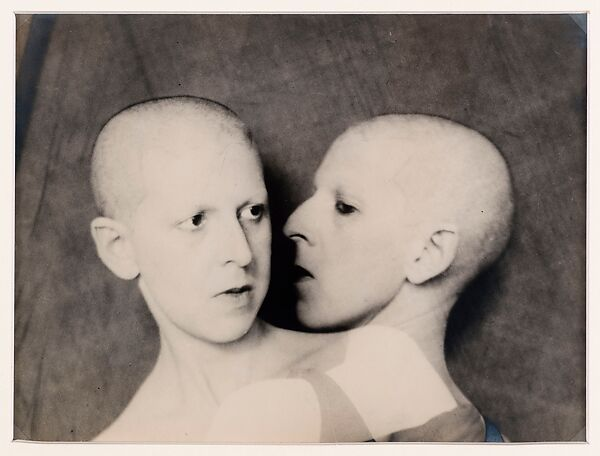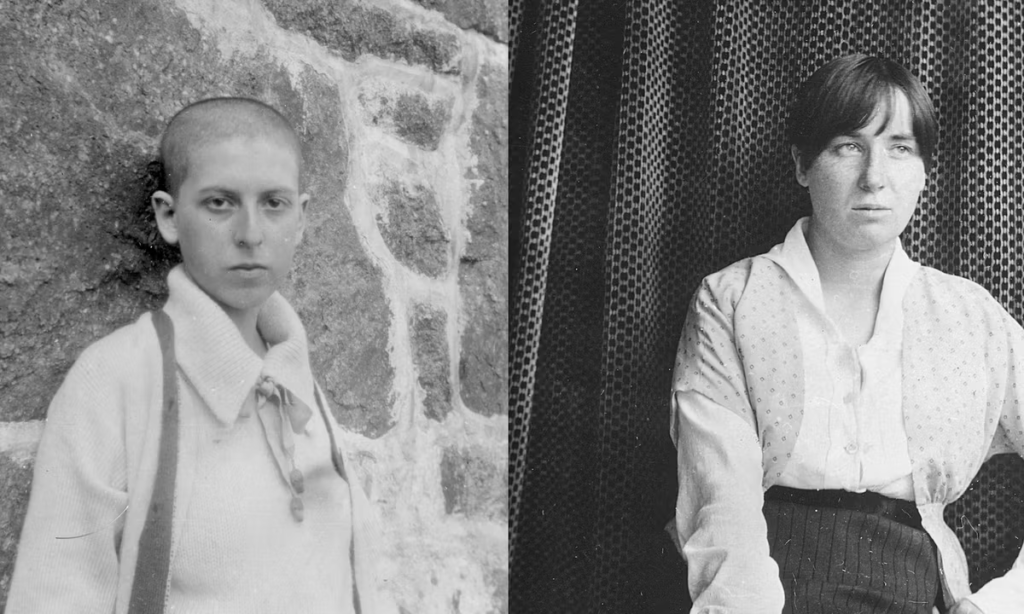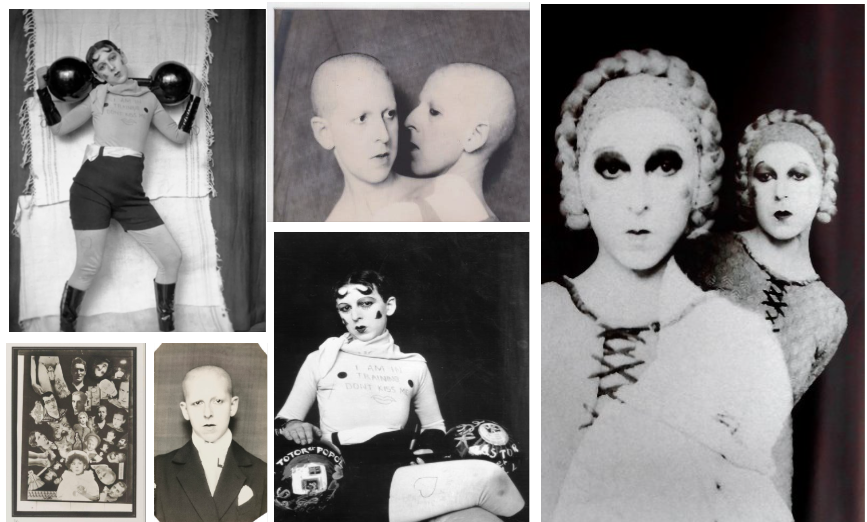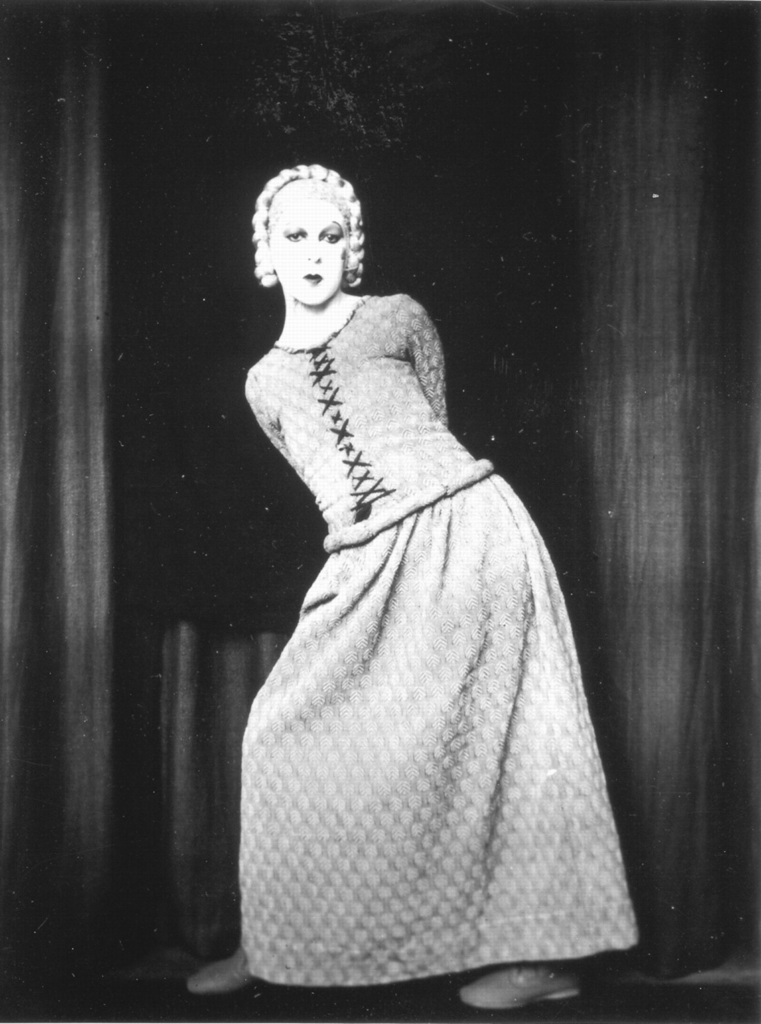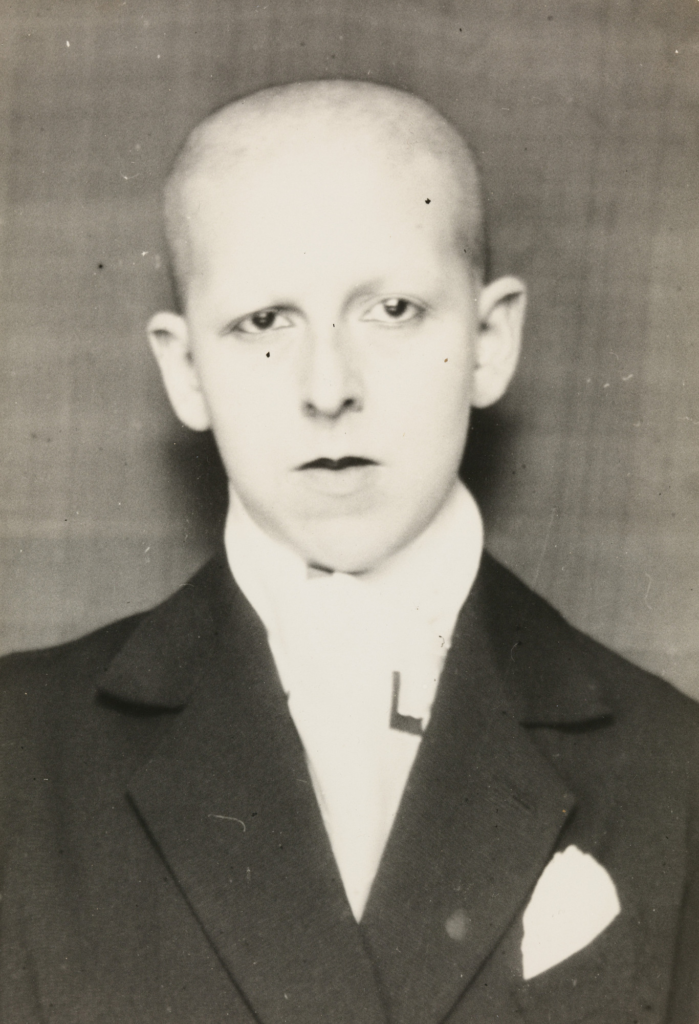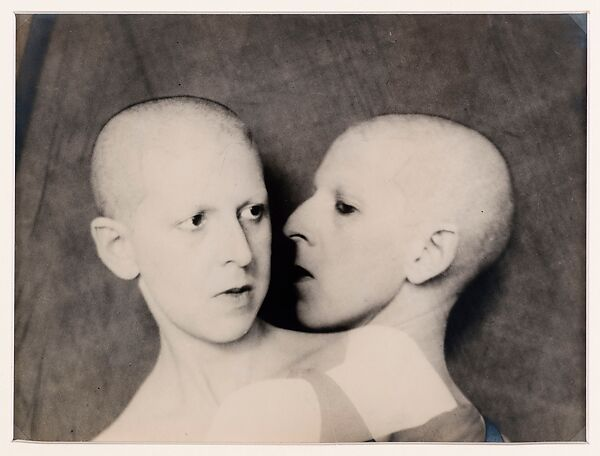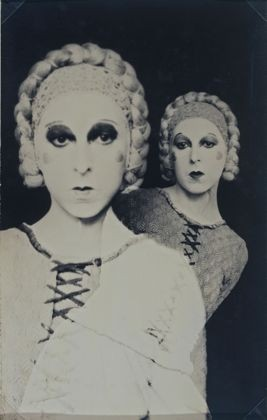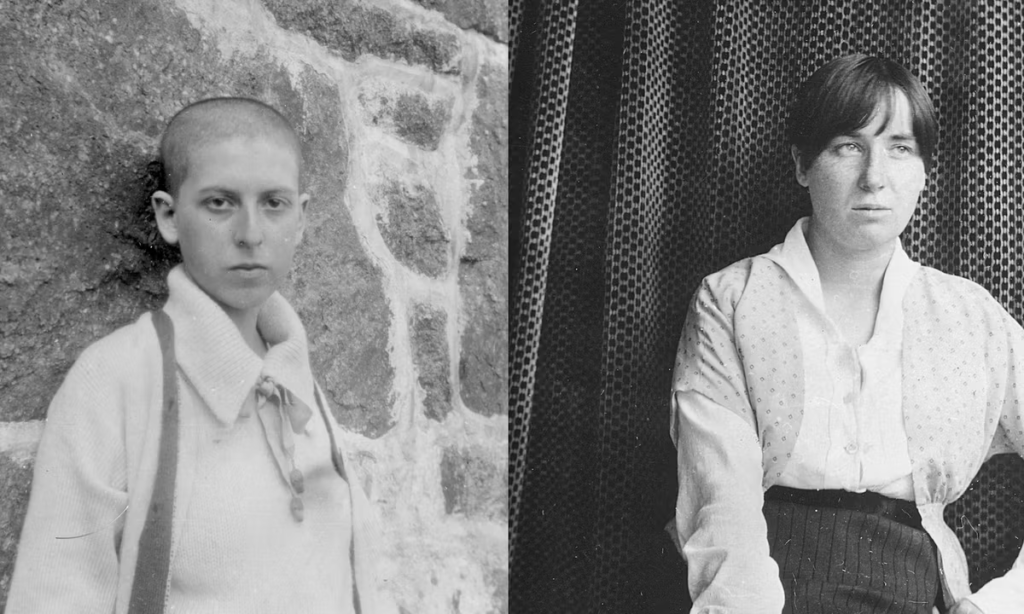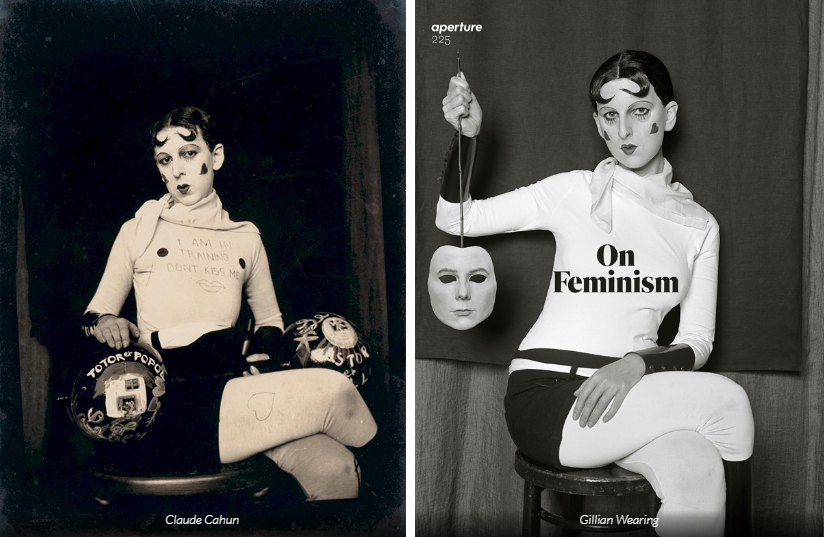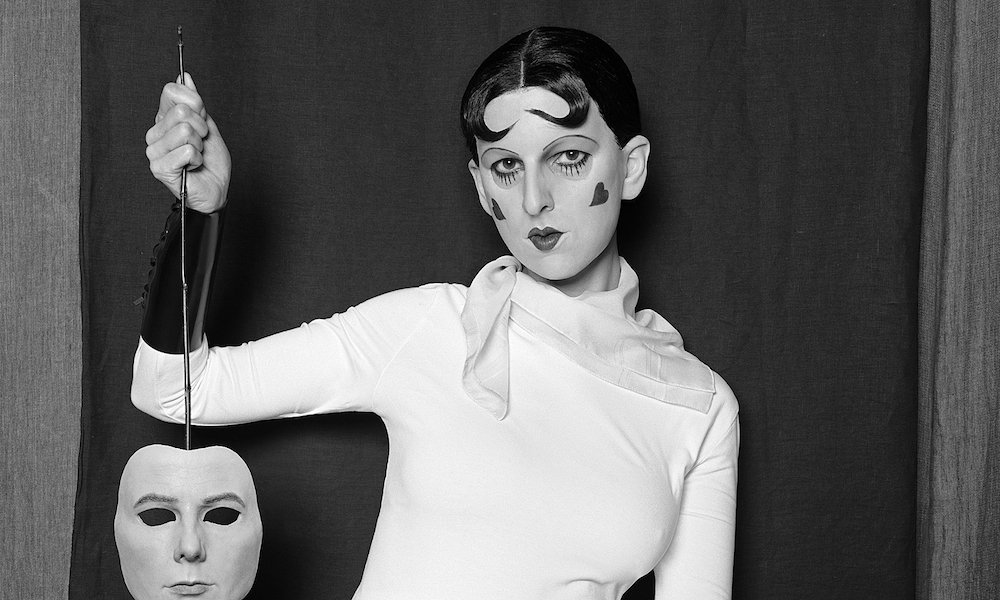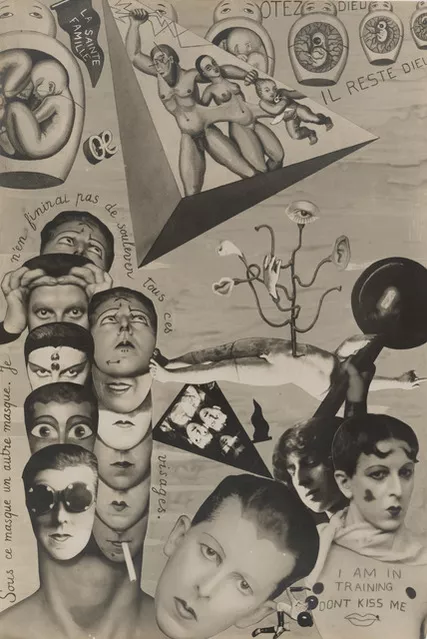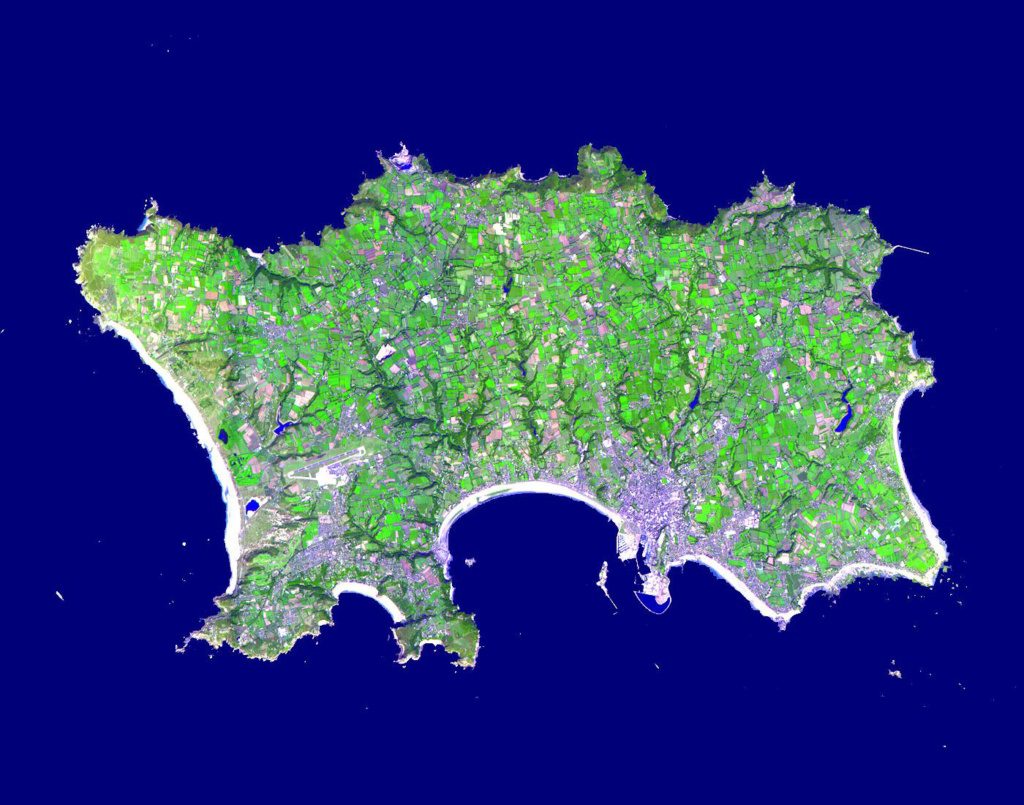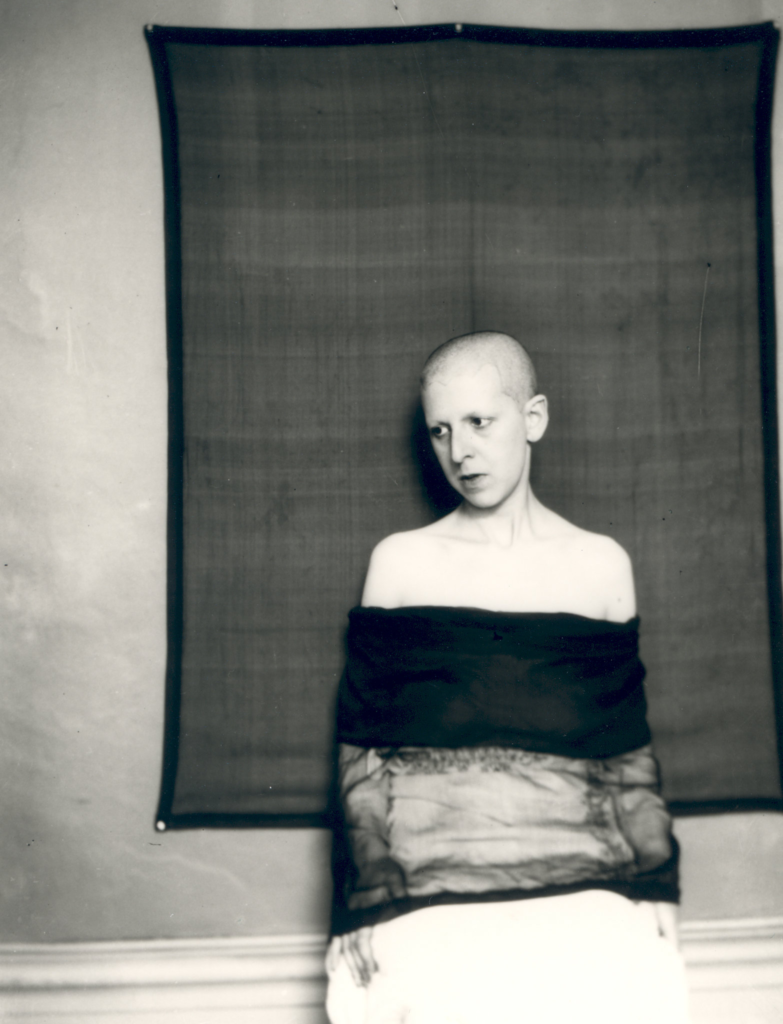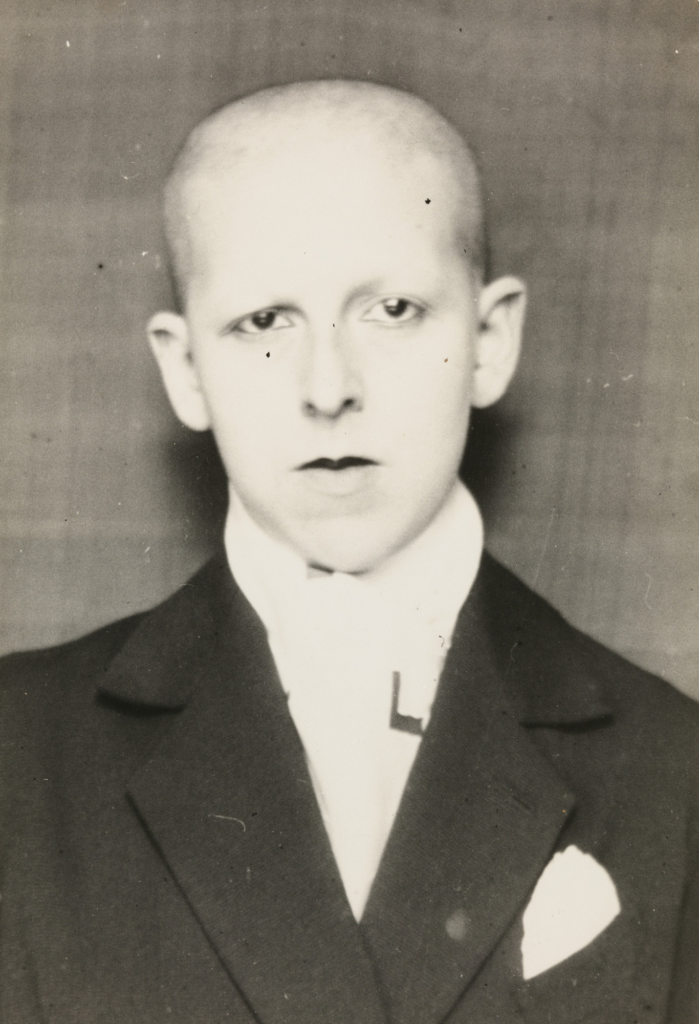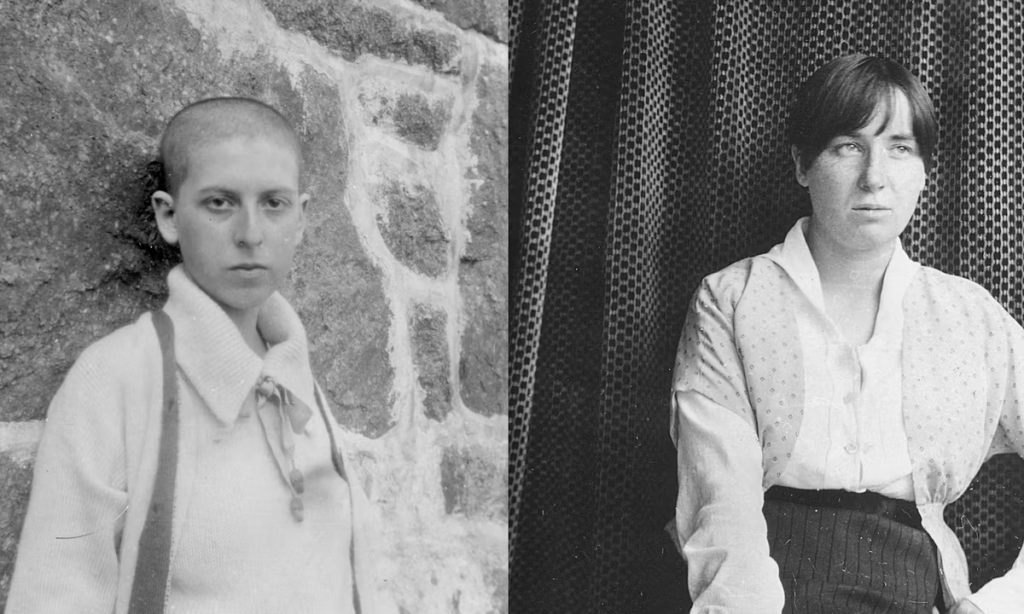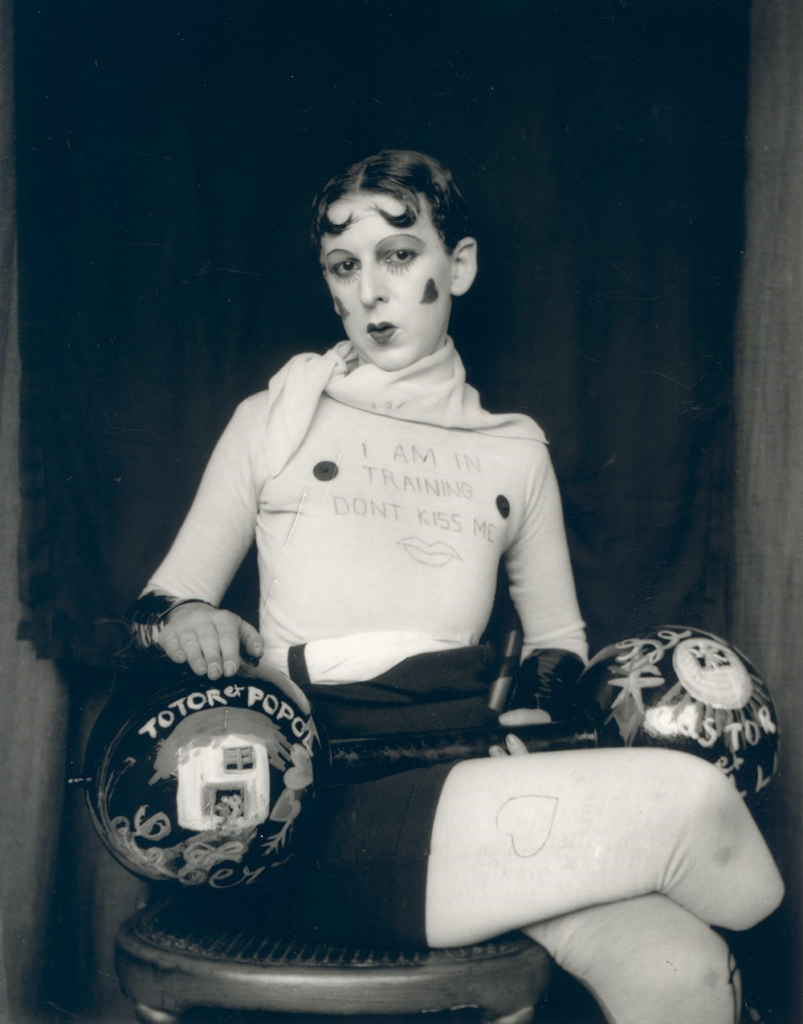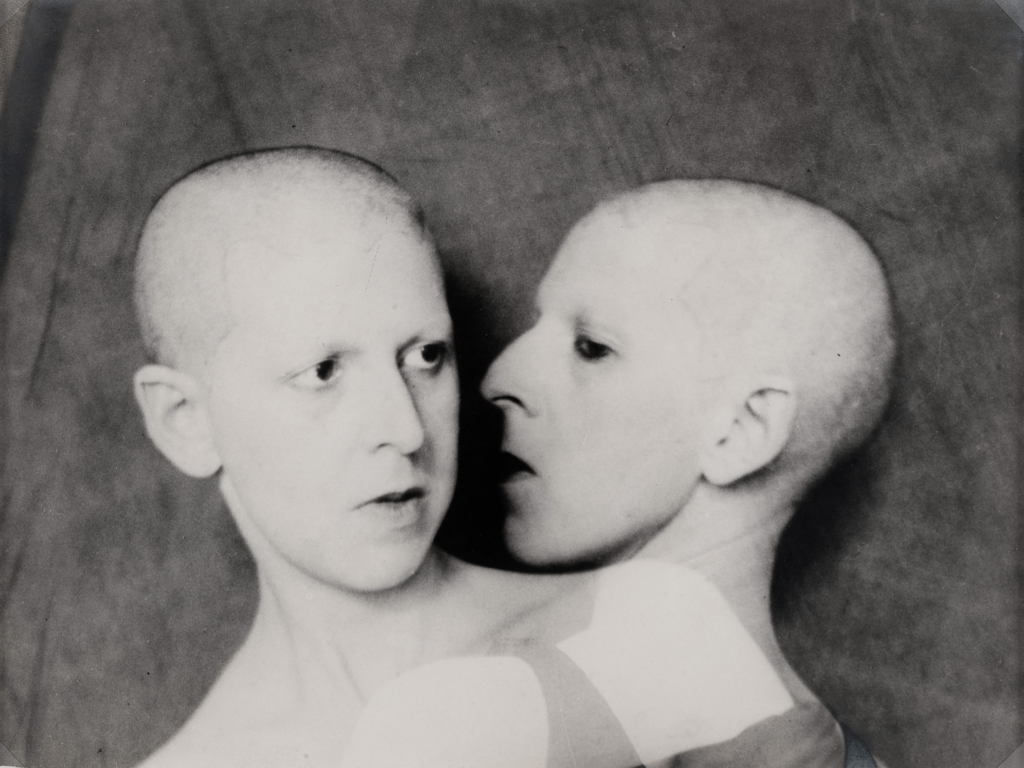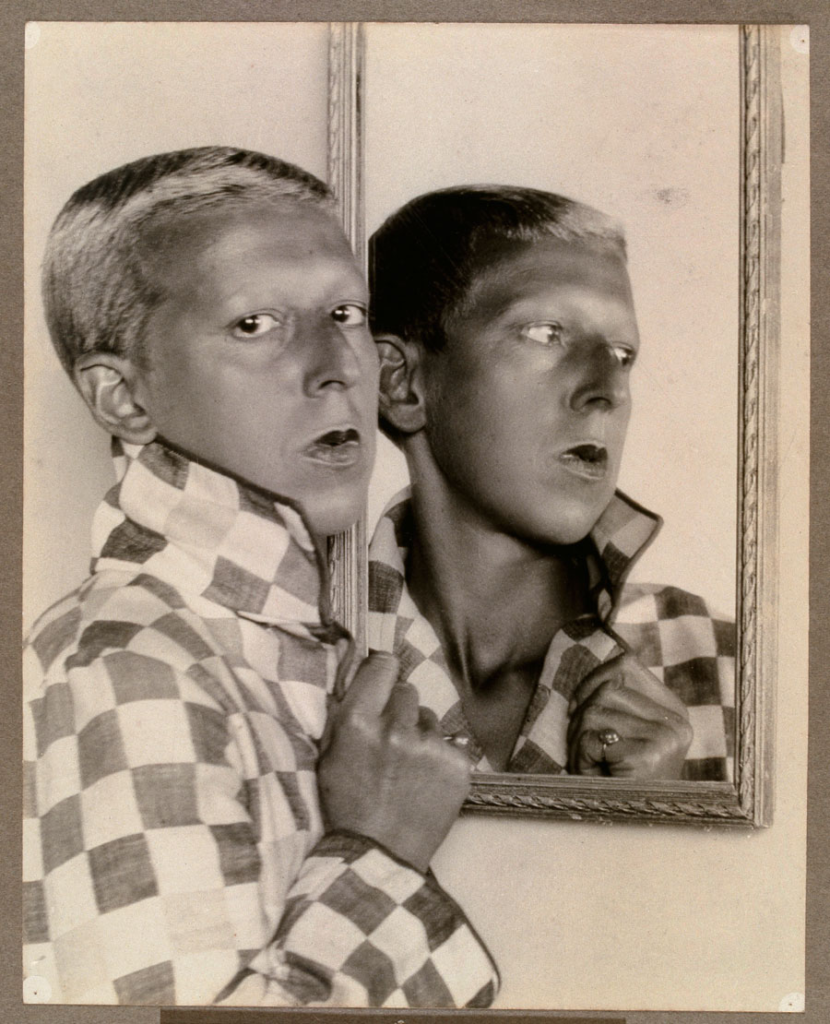Cindy Sherman is a contemporary genius in the world of photography that challenges social norms. She plays a significant role in the “Pictures Generation,” which is a group of American artists who gained fame and artistic growth in the early 1980s, a time known for the fast spread of mass media images. Inspired by philosophers such as Roland Barthes, who had questioned the very idea of originality and authenticity in his manifesto The Death of the Author, the Pictures Generation set out to make art that analysed their relationship with popular culture and the mass media.
Before photography, she was painting in a super-realist style in art school during the aftermath of American Feminism, later turning to photography toward the end of the 1970s in order to explore a wide range of common female social roles, or personas.
Sherman’s artistic practice, while she tends to distance herself from theoretical frameworks, is frequently categorized as feminist. A key focus of her work is the challenge to dominant female stereotypes. By staging and capturing images of herself in diverse contexts, she highlights the objectification of women.
Cindy Sherman uses parody and distortion as techniques to create dissonance, thereby highlighting that the construction of “gender” is heavily influenced by numerous symbolic elements that individuals routinely enact. Her aim is to deconstruct not only the notions and attributes associated with female identity but also the constraints imposed on it within the context of “performance.” Furthermore, she seeks to examine the mechanisms through which “performance” culture shapes and reinforces these concepts.
Her work is characterized by her use of self-portraiture to create fictional characters and explore themes such as identity, representation, and the construction of femininity. She meticulously constructs her photographs, controlling every aspect of the image, including makeup, costumes, lighting, and settings. Through her elaborate and often satirical transformations, Sherman encourages viewers to question societal norms and expectations, particularly those imposed on women.
When questioned about whether she considers her work self-portraits, she stated ‘I guess technically they’re pictures of me, but not, because I’m doing all these weird things to my face so it doesn’t look anything like me.’
‘I always want [my photographs] to be a little off, whether it’s the background not quite fitting in or, in the old work, you’d see the shutter cord, or be able to tell that I’m using fake tits or a fake nose. Everybody knows it’s not real anyway.’
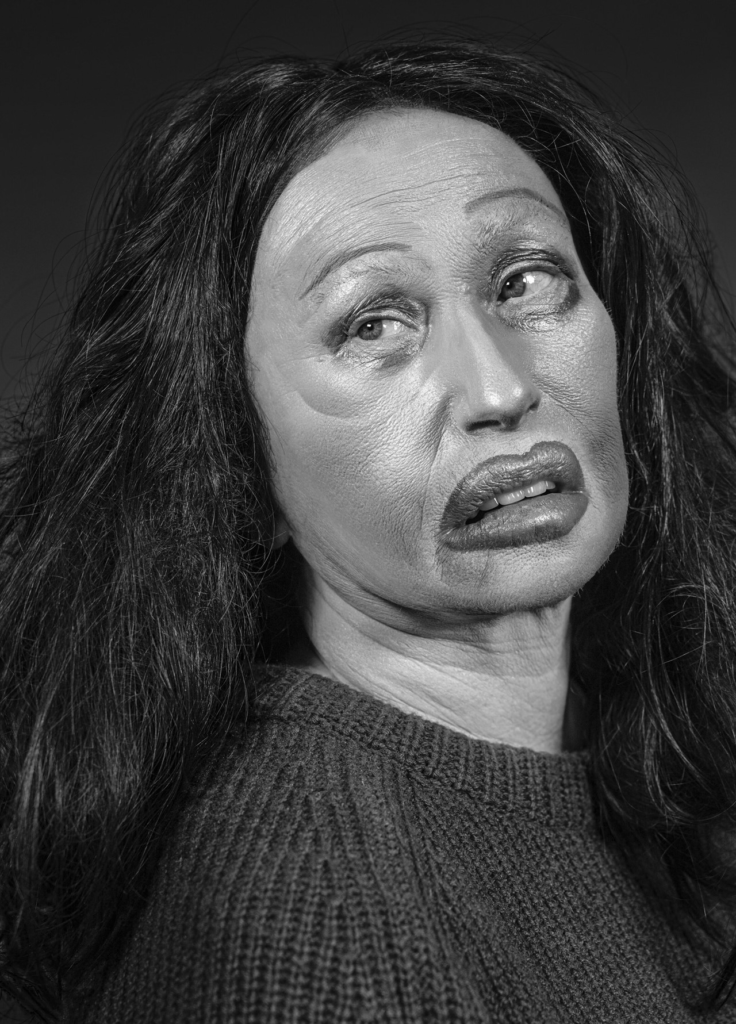
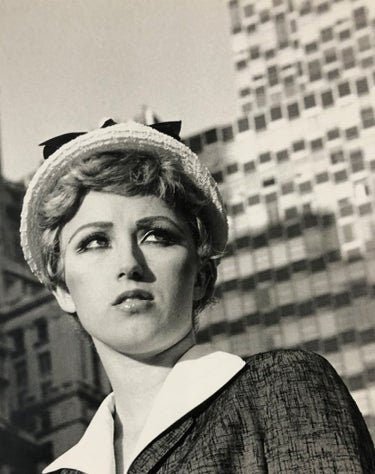
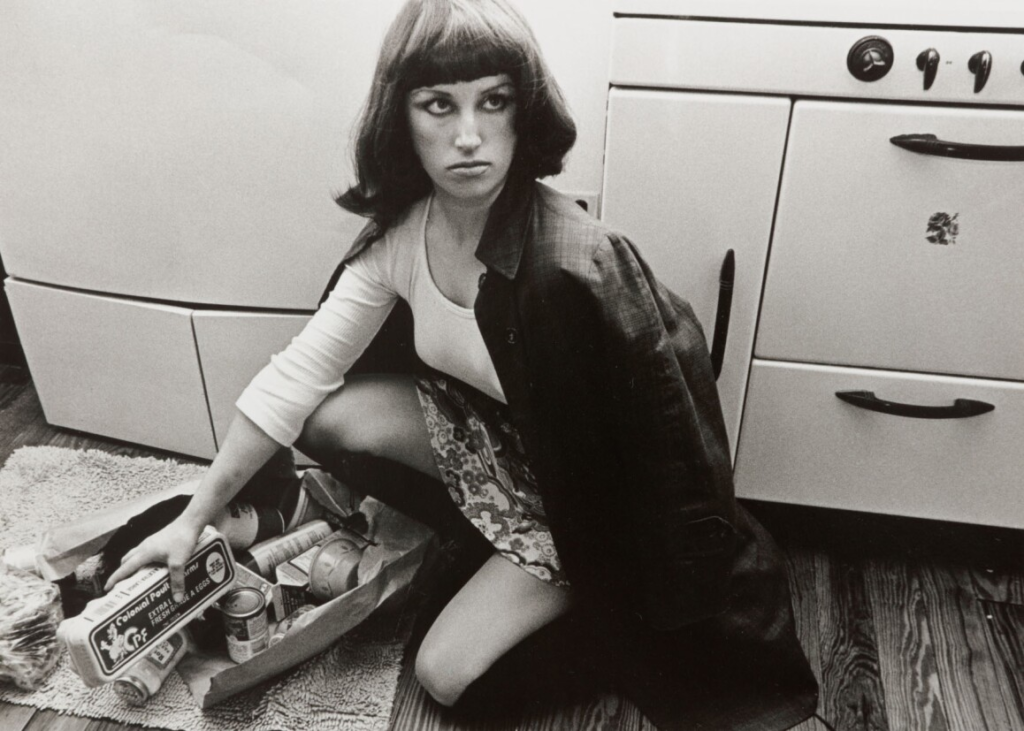
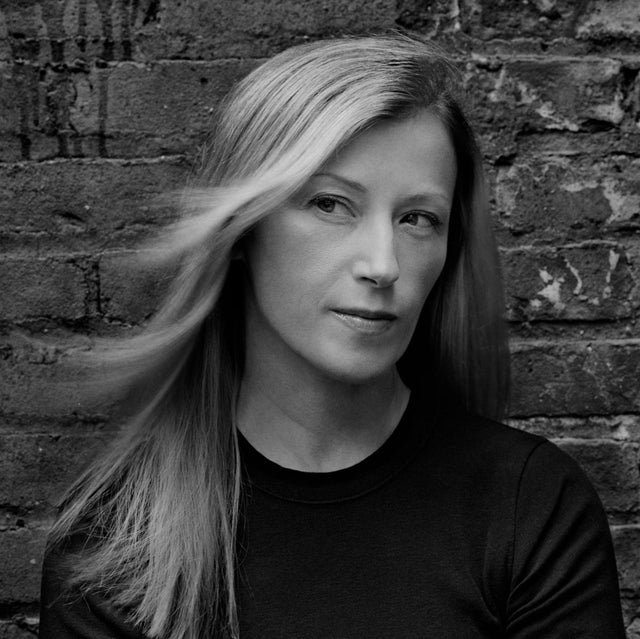
Image Analysis
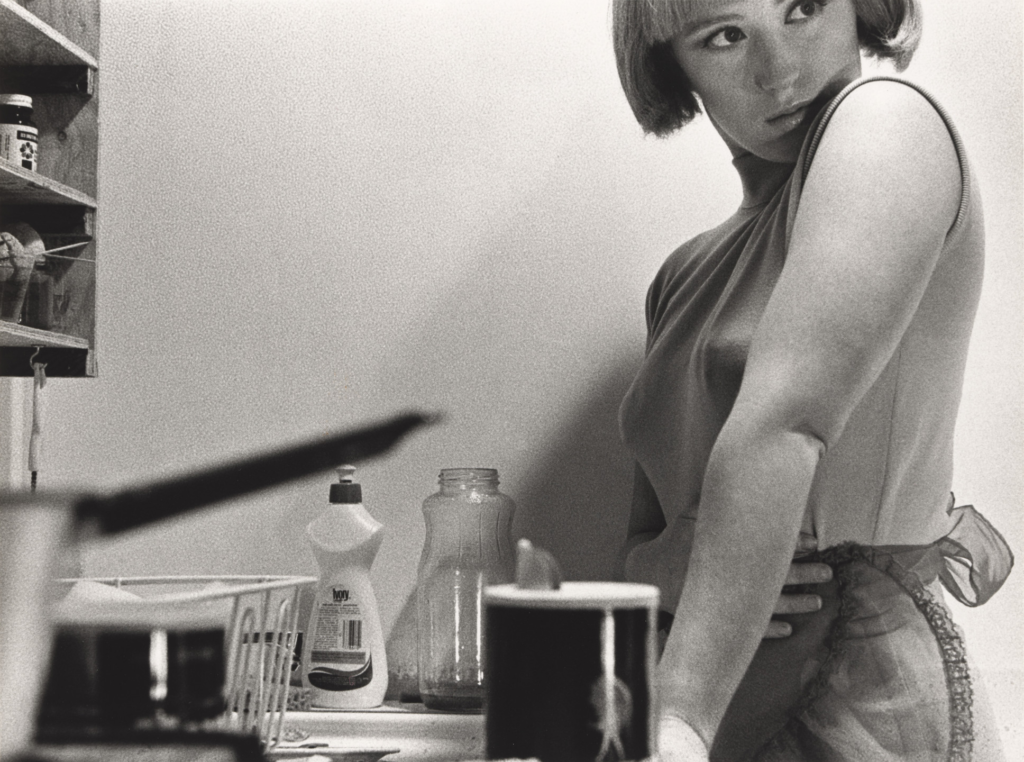
Visual – In the photo above, Cindy has positioned herself on the right third with dishing liquid, pans and other kitchen supplies taking up the other two thirds of the image (hinting that she is playing the stereotype of a housewife) almost making them seem superior and more important in the image compared to her – furthermore, her being placed in a kitchen (the stereotypic environment of housewives) with nothing but objects relates to the objectification of women and how they were deemed as inferior and nothing but housewives. Also, she is squashed and cramped in the corner, creating an uncomfortable environment which is reinforced with her seeming to be distressed holding her stomach with one hand and glancing over her shoulder looking visibly concerned as if something outside of the frame is making her feel on edge and uncomfortable. As a ‘film still’, the photo subtly challenges the stereotypical female character portrayed in movies at the time.
Technical – A wide aperture has been used to capture as much detail of a housewife’s stereotypic environment, combined with a fast shutter speed to keep the subject in focus as well as keeping exposure balanced. The photo has been taken from a slightly lowered angle since Cindy herself isn’t fully in view with the top of her head exiting the frame whilst most details of her environment and surrounding objects are kept, implying they are of higher importance compared to her linking to how at the time women were treated as inferior. The photo itself is a half body shot since her legs and the top of her head are not fully visible, creating more focus on her outfit which is an apron that matches the environment she is placed in, relating to how easy it is for the media to force women into these stereotypic roles.
Contextual – Historically, women in the media were always presented in their stereotypic roles such as housewives and were always deemed inferior to men, especially in movies when the majority of lead roles and screen time went to men whereas women had smaller roles and much less screen time – implying their only purpose was to fulfil the roles that had become societal norms (cleaning, cooking, taking care of children etc).
Conceptual – Sherman’s ‘untitled film stills’ series intended to resemble the representation of women in the mass media, challenging how the media only depicted women in their stereotypic roles, environment and outfits. In the modern day, Sherman now directs her attention to selfies and highlights how online profiles and presentations of people are not their true selves but rather them trying to be their best selves to impress others and fit in, criticising how people take tens and even hundreds of selfies searching for the perfect one.
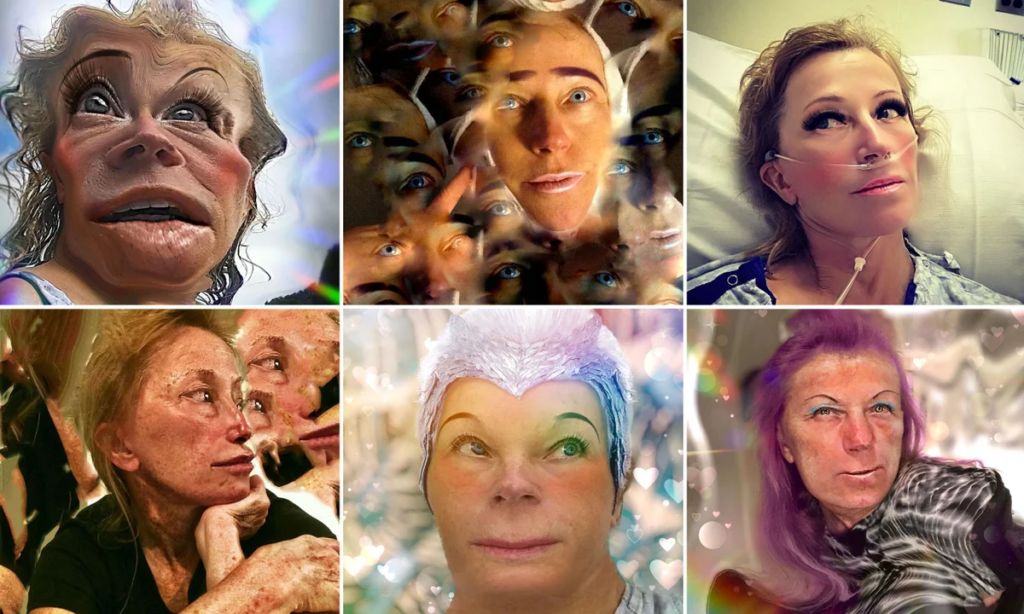
Claude Cahun
Claude Cahun, originally named Lucy Renee Mathilde Schwob, was born on October 25, 1894, and passed away on December 8, 1954. She was a prominent French surrealist known for her work as a photographer, sculptor, and author. In 1914, Schwob adopted the alias Claude Cahun, under which she gained recognition primarily as a writer and self-portrait artist, frequently embodying diverse performative identities.
In her literary writing, Cahun predominantly employed grammatically feminine terminology to describe herself, whilst stating that her true gender identity was fluid. For instance, in her text Disavowals, she articulates: “Masculine? Feminine? It depends on the situation. Neuter is the only gender that always suits me.” Cahun is particularly recognized for her androgynous appearance, which challenged the strict gender roles of her time.
Cahun offered a distinct viewpoint within surrealism by incorporating mirrors, collages, and the concept of doubling in her photographs to challenge societal norms. In several of Cahun’s portraits, she gazes directly at the viewer with a shaved head, often showcasing just her head and shoulders, which removes the body from the frame. This approach blurs traditional gender markers and behaviours, effectively challenging the male perspective. For instance, one image features Cahun wearing a top that says, “I am in training, do not kiss me,” highlighting that her identity and gender can be acknowledged but should not be objectified or fetishized by men. Scholar Miranda Welby-Everard has discussed the significance of theatre, performance, and costume in Cahun’s work, suggesting that these elements may have influenced her diverse expressions of gender.
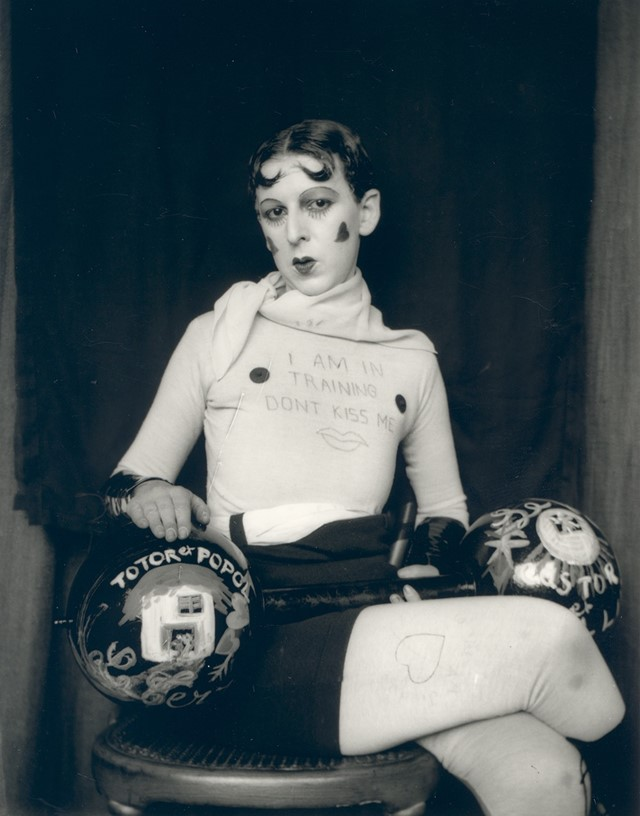
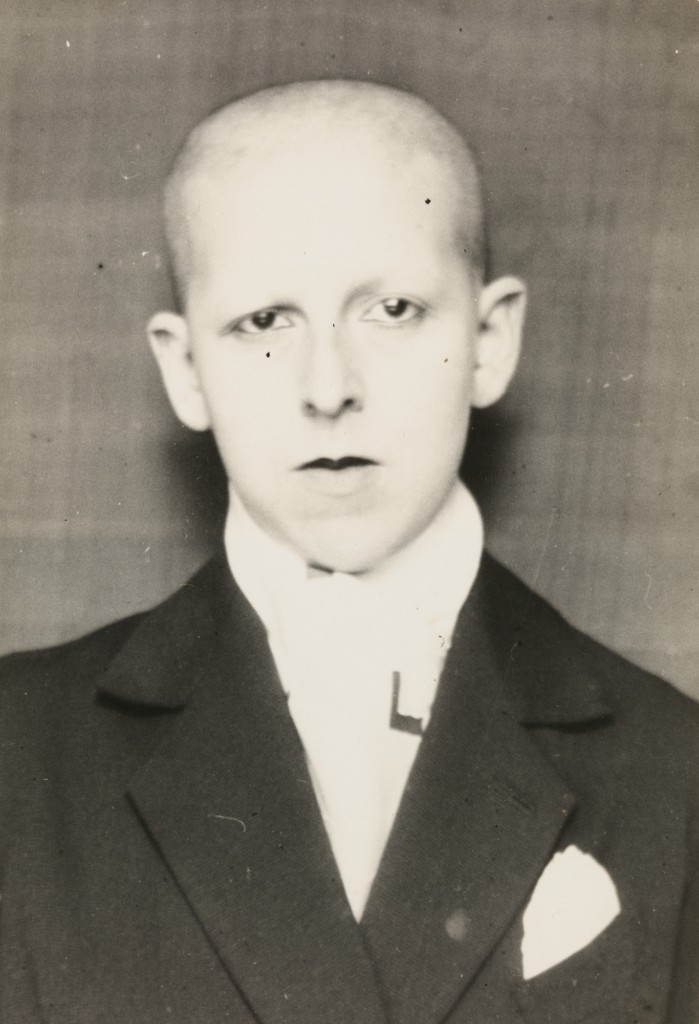
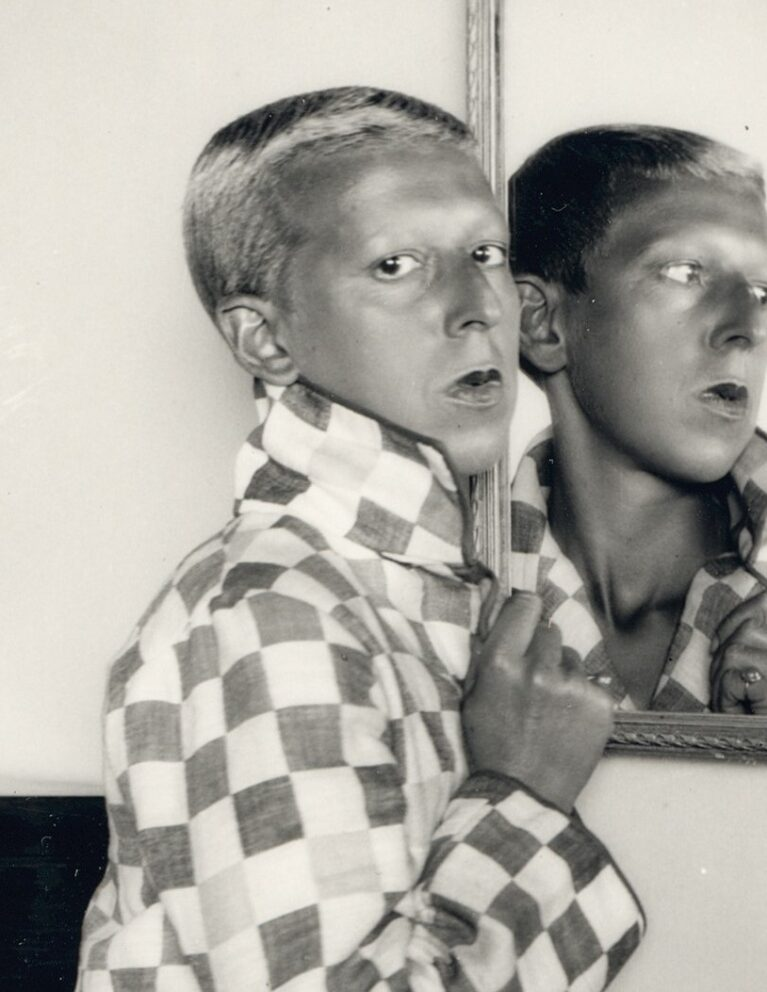
Cahun’s life was filled with actions that went against the norm, and her public persona has turned into a statement that questions society’s ideas about gender, beauty, and logic.
Her work aimed to shake up how people viewed photography, moving it away from just being a record of reality. Additionally, her poetry pushed against the gender norms of her time and critiqued the social and economic limits of the modern world. Cahun’s involvement with the Surrealist group in Paris added a unique perspective to their work, leading to fresh representations. While most Surrealist artists were men who often portrayed women as mere symbols of sexuality, Cahun showcased a more fluid and non-conforming identity. Her photographs, writings, and overall life as a revolutionary in both art and politics continue to inspire many artists today (such as Cindy Sherman).
Image Analysis
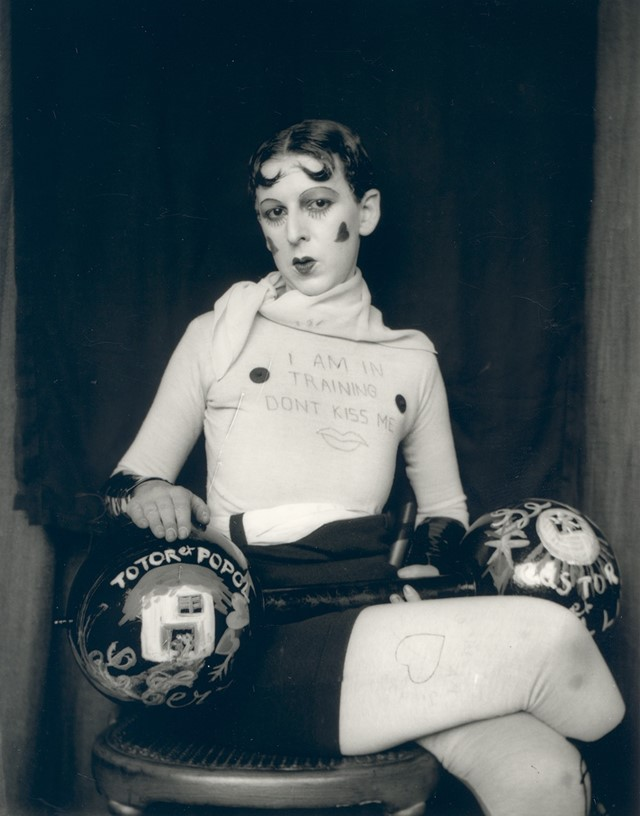
Visual – The image is a full body portrait of a woman sitting cross-legged positioned in the centre of the photo, with very little detail in the background making it very clearly she is the focus and subject of the photograph. Her hair has been gelled in the form of an upside down heart and hearts have also been drawn on her cheeks, with another one visible on her thigh as well as her mouth being in the shape of a heart too – this was done to highlight how at the time society viewed women as nothing but a pretty face, with the hearts reinforcing this. Furthermore, the text ‘I am in training dont kiss me’ can clearly be seen on her shirt which contrasts with all the hearts almost subtly going against social norms of femininity and being nothing but an object of beauty, showing her willingness to rebel against these stereotypes. She also has leather wrist bracers of a circus strong man and a barbell laying across her thighs which are stereotypically masculine items, contradicting with the rest of the image and creating a clear sense of contrasting between masculinity and femininity.
Technical – The use of a straight-on angle creates a connection between the subject and the viewer of the image, creating focus on and directing viewer’s attention to the contrasting masculine and feminine elements being clearly displayed to them whilst simultaneously subtly challenging societal norms, expectations and stereotypes of women. Also, the fact it is a full body portrait means there is more room for different contrasting elements all over her body to be displayed to the viewer, whereas if it had been a half body portrait the heart on the thigh and potentially the barbell wouldn’t have been visible so the fact a full body portrait has been used helps to further emphasise her ideas of critiquing gender stereotypes and norms.
Contextual – During the time period Cahun was producing photography, gender stereotypes and expectations were deeply rooted within society and as a rebellious, creative Jewish person her work would have had backlash and been critiqued especially in a post World War One society (hence why her work only began to get public attention and gain relevance 40 years after her death). The contrasting stereotypic masculine and feminine elements in the image also relate to Cahun’s true gender identity being fluid and how she didn’t perceive herself as being either male or female.
Conceptual – The idea behind this particular image was to showcase her gender fluid identity as well as challenge gender stereotypes and expectations of a post-WW1 society which would have been extremely strict but beginning to change as women took over traditional male roles and jobs in society after many left to fight in the war.

